Setting up your television on a stand doesn't have to stress you out. Learning how to put a TV on a stand is straightforward-most people can get their TV positioned perfectly in under an hour, and you don't need any special skills or expensive tools. This guide walks you through each step to create a great and safe entertainment center that you'll enjoy for years to come.
Table of Contents
1. Preparing for TV Stand Setup

Taking a few minutes to prepare makes the entire process smoother and safer. Proper preparation prevents common mistakes that lead to damaged equipment or unstable setups.
Check your TV stand's weight capacity
Start by finding your TV stand's weight limit, which is usually listed on a sticker underneath or in the assembly manual. Your television should weigh at least 20% less than this maximum to ensure long-term stability. For example, if your stand holds 50 pounds, keep your TV under 40 pounds to avoid stressing the structure over time.
Gather tools for installation
Having everything ready beforehand saves trips back and forth. Collect these items:
- Phillips head screwdriver
- Small level or smartphone app
- Measuring tape
- Microfiber cloth for cleaning
- Zip ties or cable organizers
These basic tools handle most standard installations without requiring specialized equipment.
Get help for heavy lifting
Never attempt lifting a flat screen alone, even if it looks manageable. Despite appearing lightweight, modern TVs are awkwardly shaped with uneven weight distribution that makes solo lifting risky. Ask a family member or friend to help-they don't need special strength, just steady hands to coordinate the lift and placement.
Choose the ideal viewing location
Your TV's position affects both comfort and equipment longevity. Pick a location away from direct sunlight and windows to minimize glare during daytime viewing. Moreover, the screen center should sit at eye level when you're seated in your usual watching position. This typically means the stand surface sits about 24-30 inches off the ground for most living rooms.
Consider the space behind your furniture as well. Leave 4-6 inches between the wall and your stand's back edge. This gap provides room for cable connections and allows air circulation, which prevents your electronics from overheating during extended use.
2. Installing Your Television on the Stand

Now that you've prepared everything, it's time to actually set up your TV. Following these steps in order ensures a secure installation.
Position your TV stand
Place your TV stand in its permanent location before adding any electronics. Moving furniture with a television on top risks serious damage to both items. Once positioned, check that the stand sits completely level using your leveling tool. Test both the front-to-back and side-to-side alignment.
If you notice any wobbling, address it immediately. Tighten all assembly bolts and screws, then adjust any leveling feet until the stand feels solid. Carpeted floors may require firmer tightening than hard surfaces. In addition, clean the stand's top surface thoroughly with your microfiber cloth, removing dust particles that could scratch your TV's base or compromise stability.
Place your television carefully
Have your helper grab one side while you take the other, lifting from the bottom corners rather than touching the screen itself. Modern displays crack easily under even modest pressure, so keeping your hands on the frame or base prevents costly accidents. Lower the television slowly onto the stand's center, ensuring equal overhang on both sides. Position your TV at least 2-3 inches back from the stand's front edge. This setback prevents accidental bumps from knocking the TV forward and creates a more stable weight distribution.
Verify that no part of the TV extends beyond the stand's width on either side, as overhanging equipment creates tipping hazards. Then use your level to verify the screen sits perfectly straight before you step back. Many people skip this critical step and end up with a crooked display that bothers them every time they watch. Making tiny adjustments now saves you from constantly noticing a tilted picture later.
Connect and organize your cables
Start with power connections, plugging your TV's cord into a surge protector to guard against electrical spikes. Next, connect your HDMI cables from streaming devices, cable boxes, or gaming consoles. Push each cable firmly until you feel or hear it click into place-loose connections cause intermittent signal problems that are frustrating to diagnose later.
Bundle your cables using zip ties or velcro cable straps, routing them behind the stand and down toward outlets. This organization prevents tangled wire nests and eliminates tripping hazards. Well-managed cables also make future adjustments or troubleshooting much easier.
3. Safety Tips for TV Placement

Safety might not be the most exciting topic, but a few simple precautions prevent accidents that could damage your equipment or injure someone in your household.
Maintain proper ventilation
Keep the area around your entertainment center clear of clutter. Stacked items, decorations, or books block ventilation openings, trapping heat inside your electronics. When devices overheat, they experience reduced performance and shortened lifespans. Adequate airflow around your TV and connected devices is essential-avoid placing items directly on top of cable boxes or gaming consoles, and ensure nothing covers the vents on your TV's back panel.
Avoid tipping accidents
If young children or active pets share your home, anti-tip straps are essential safety equipment, not optional accessories. These straps attach to your TV's mounting holes and anchor to either the stand or wall behind it. They cost just a few dollars but provide crucial protection against curious toddlers who pull on furniture or pets who jump unexpectedly.
Verify structural stability
After completing your setup, give the stand a gentle shake to test its stability. Any movement indicates problems that need correction. Retighten all connection points and adjust leveling feet as needed. If your floor is uneven in that location, furniture pads under specific legs can compensate for the difference.
Keep the area around your entertainment center clear. Stacked items block ventilation openings, causing electronics to overheat and fail prematurely. Adequate airflow is essential for maintaining your TV's performance and extending its lifespan.
4. Troubleshooting Common Setup Issues
Even careful setup sometimes requires small adjustments. Here's how to handle the most common issues people encounter.
Fixing a tilted screen
If your TV appears crooked, use your level to diagnose whether the problem is the TV's position or the stand itself. Place the level on the TV frame first, then on the stand surface. Sometimes stands aren't level even when they feel stable, particularly on carpet or slightly uneven floors. Furniture pads under one side of the stand usually solve this issue without requiring you to relocate everything.
Improving Cable Management
If your initial wire organization looks messy, adhesive cable clips offer an inexpensive solution. These small clips stick to your stand's back panel and guide wires neatly downward. For a completely clean look in wireless setups, paintable cable raceways mount along baseboards to hide power cords entirely.
Enjoy Your New Setup
Now that you know how to put a TV on a stand properly, your entertainment center should look clean, professional, and ready for movie night. Take a moment to sit in your usual viewing spot and test all connections, adjusting the viewing angle if needed for optimal comfort.
Regular maintenance keeps everything working smoothly for years. Dust the screen weekly with a microfiber cloth and check cable connections monthly to catch any problems early. With proper setup and occasional attention, your TV stand will provide reliable service throughout your television's entire lifespan.
FAQs
Can I put a soundbar on my TV stand with the television?
Can I put a soundbar on my TV stand with the television?
Yes, if your stand has enough space and weight capacity for both items. Always check the combined weight against the stand’s limit.
What if my TV is too big for my current stand?
What if my TV is too big for my current stand?
No, you should never exceed the stand’s weight limit or allow the TV to overhang. Upgrade to a larger, more suitable stand for safety and aesthetics.
Do I need special tools to set up my TV stand?
Do I need special tools to set up my TV stand?
No, most setups only need a screwdriver and level. More complex installations might require extra hardware or professional help.
How often should I check my TV stand setup?
How often should I check my TV stand setup?
Yes, you should check it regularly—monthly if you have children or pets, and quarterly if it’s an adult-only household.
Is it safe to move my TV stand with the television on it?
Is it safe to move my TV stand with the television on it?
No, never move furniture with electronics attached. Always remove the TV first to avoid damage and prevent injury.


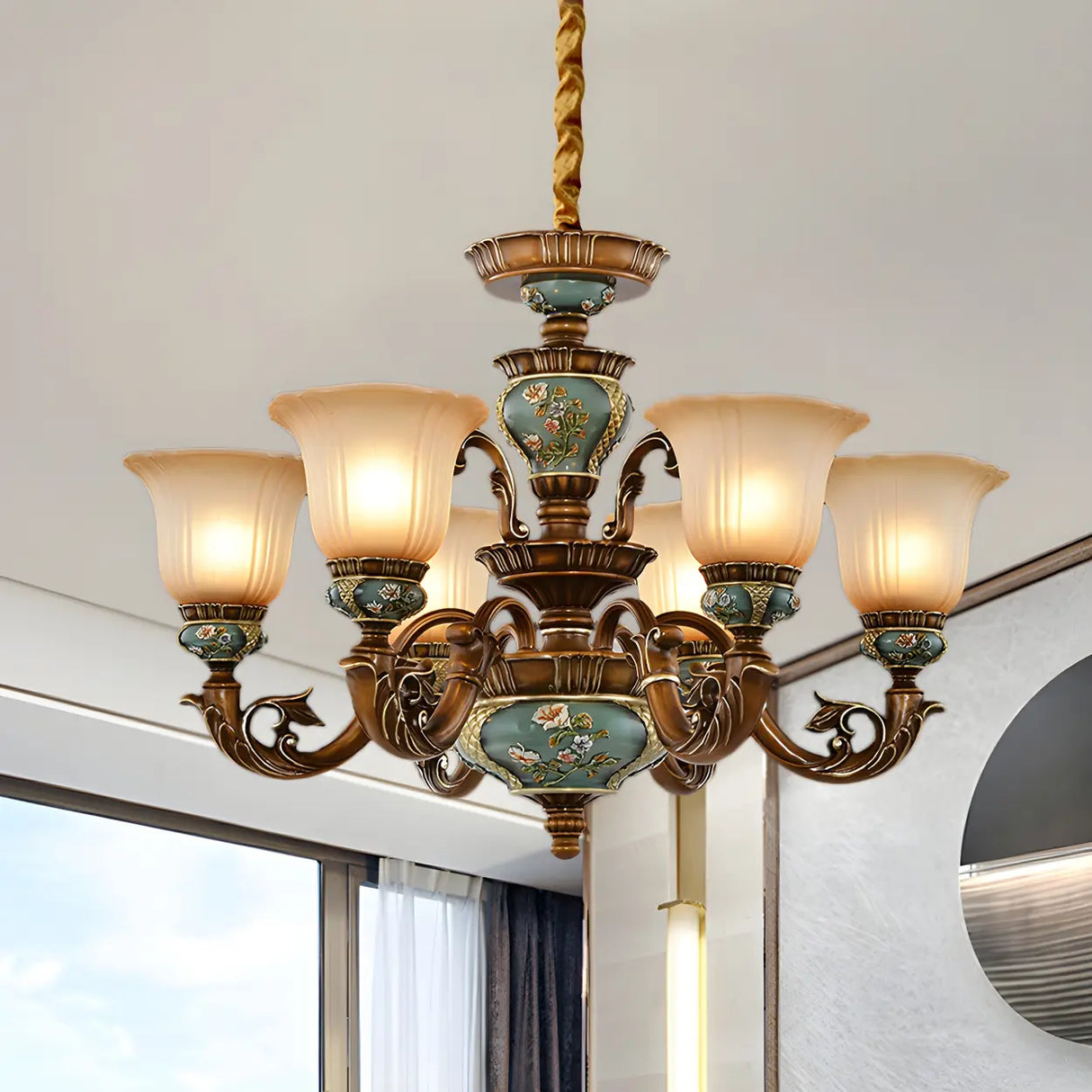
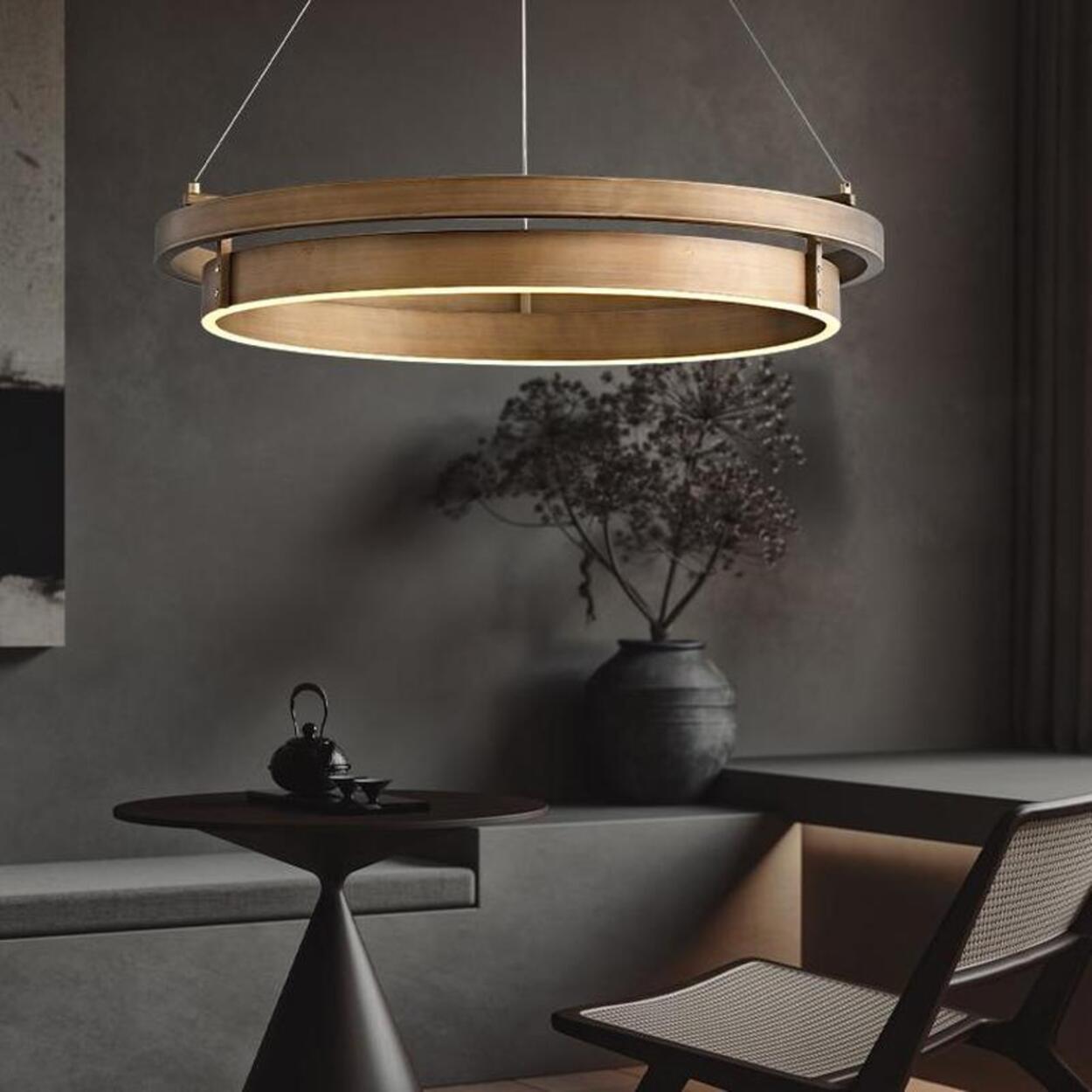
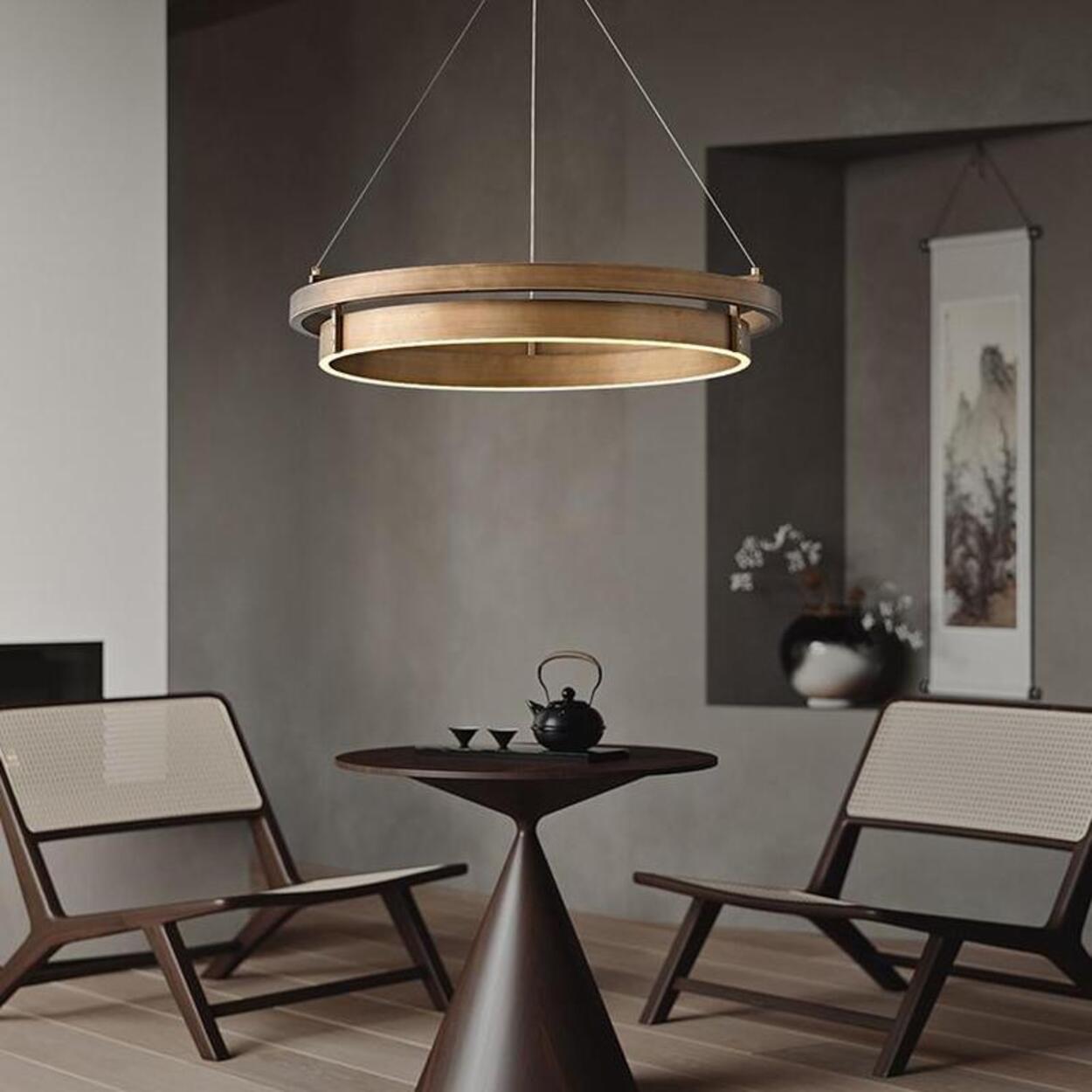


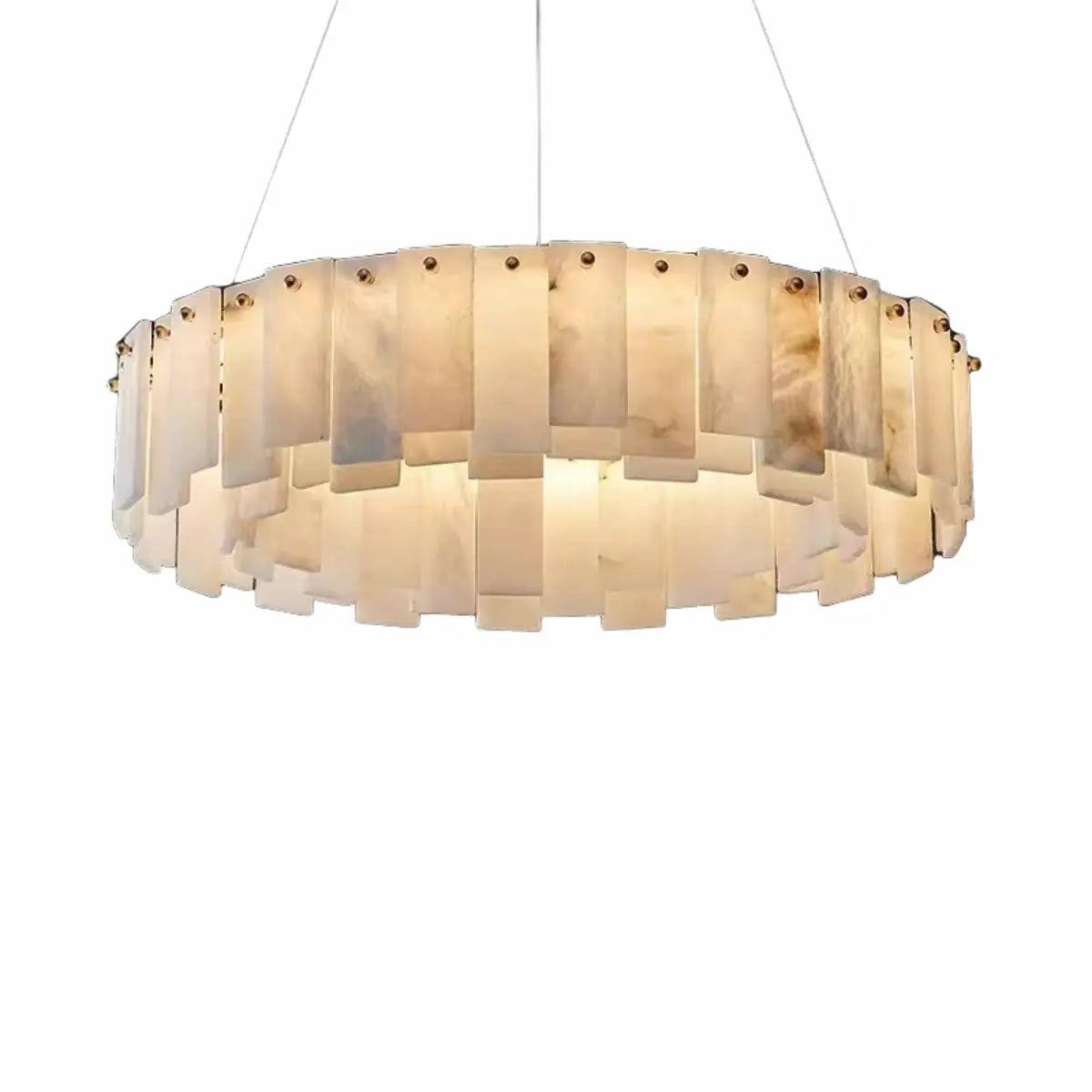
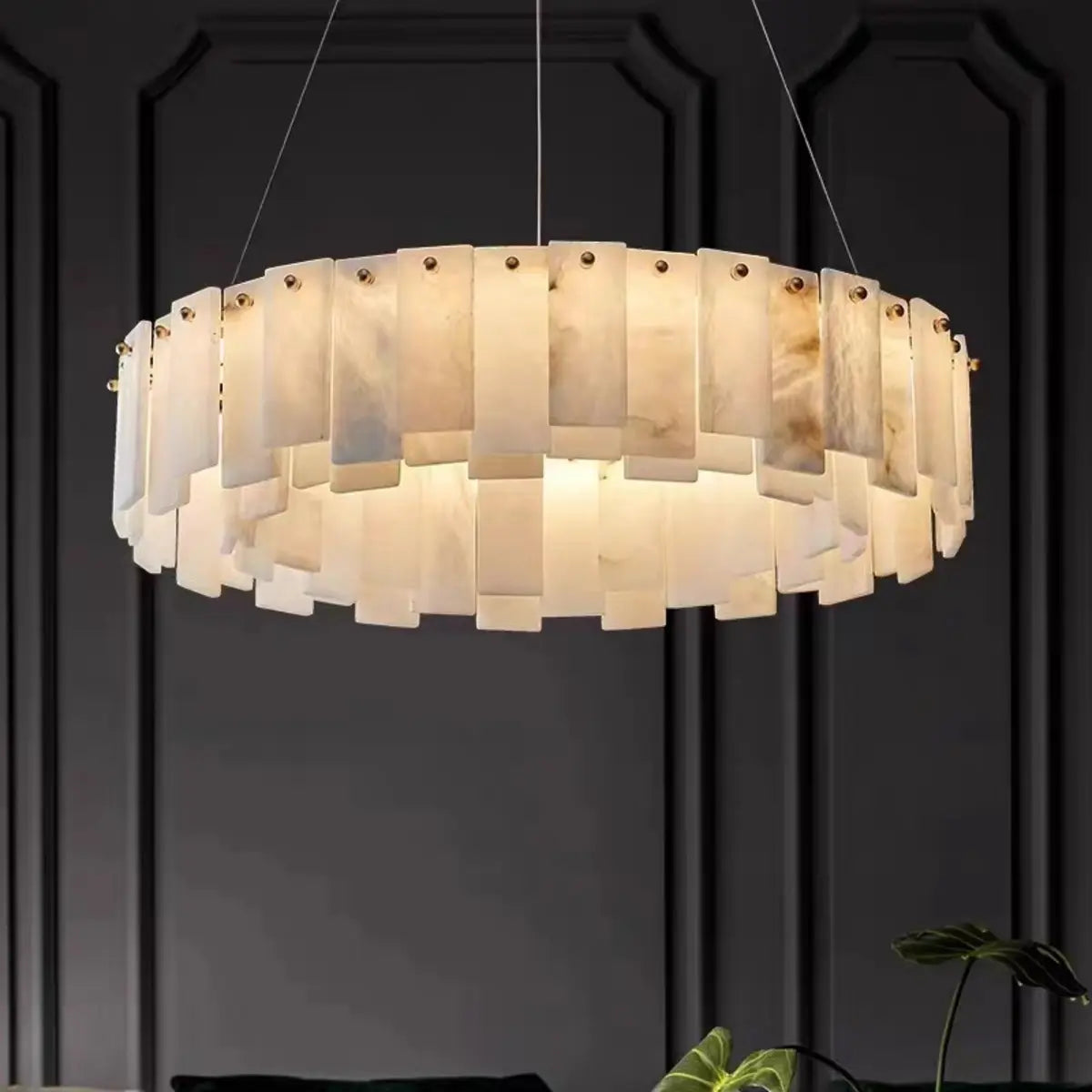
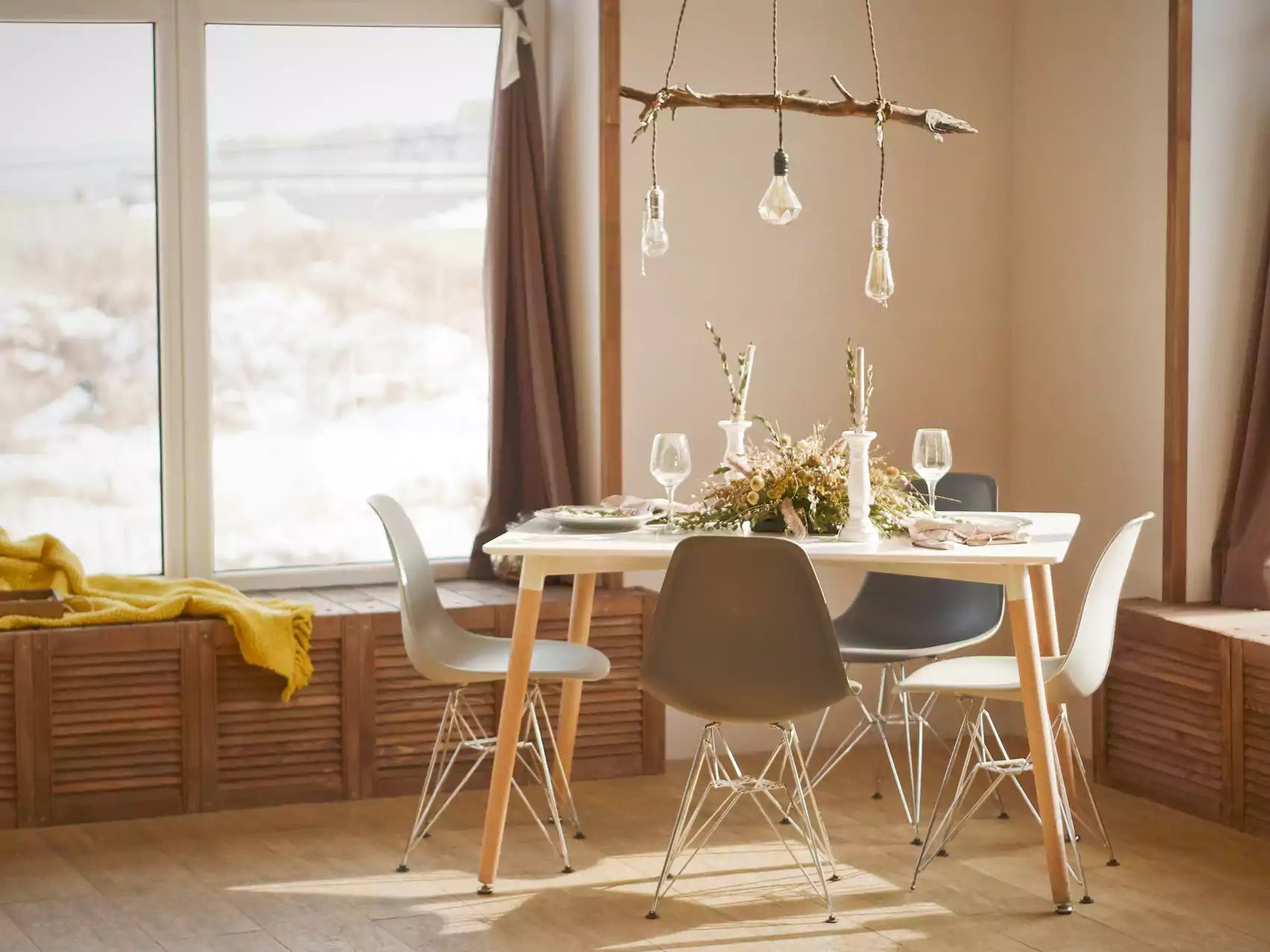

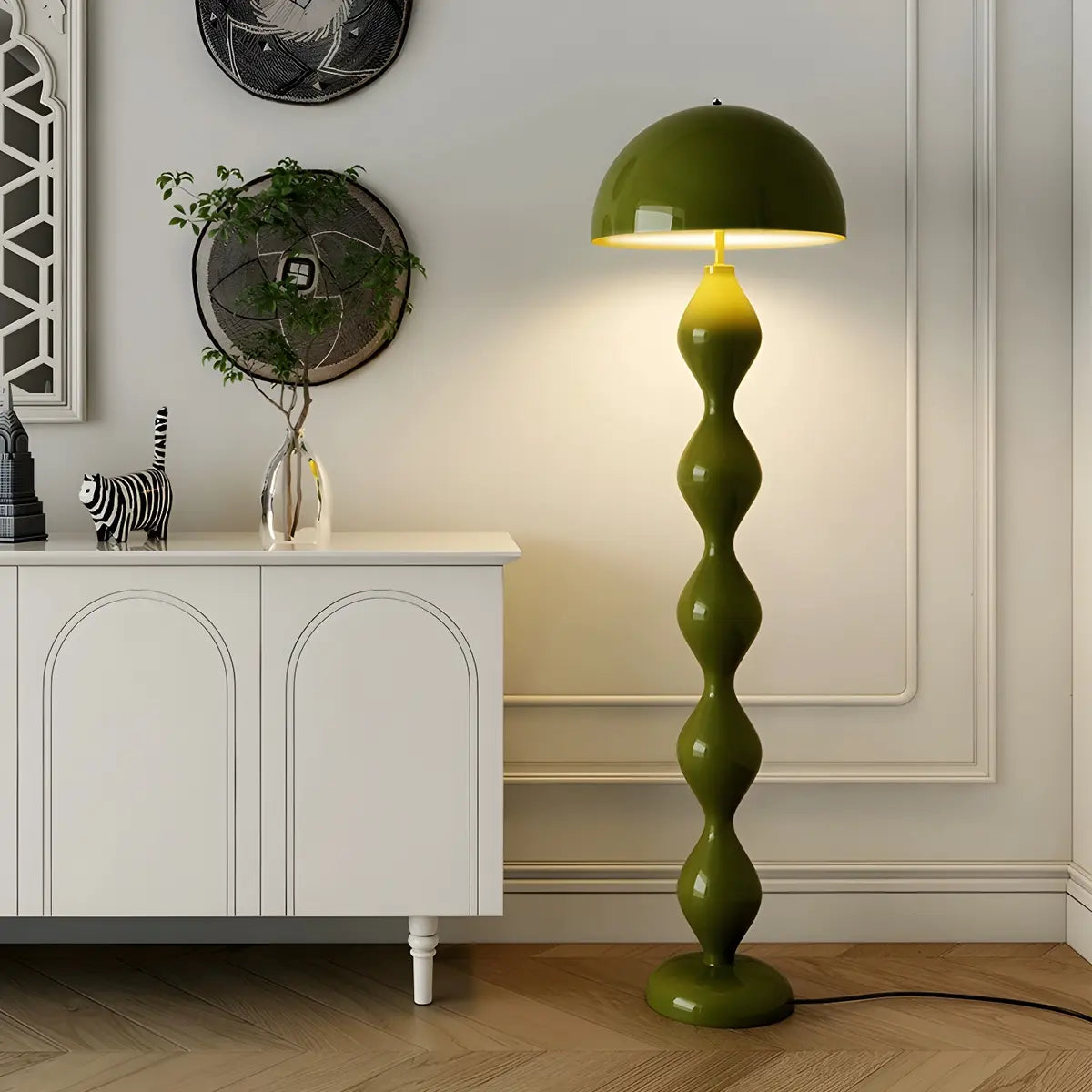
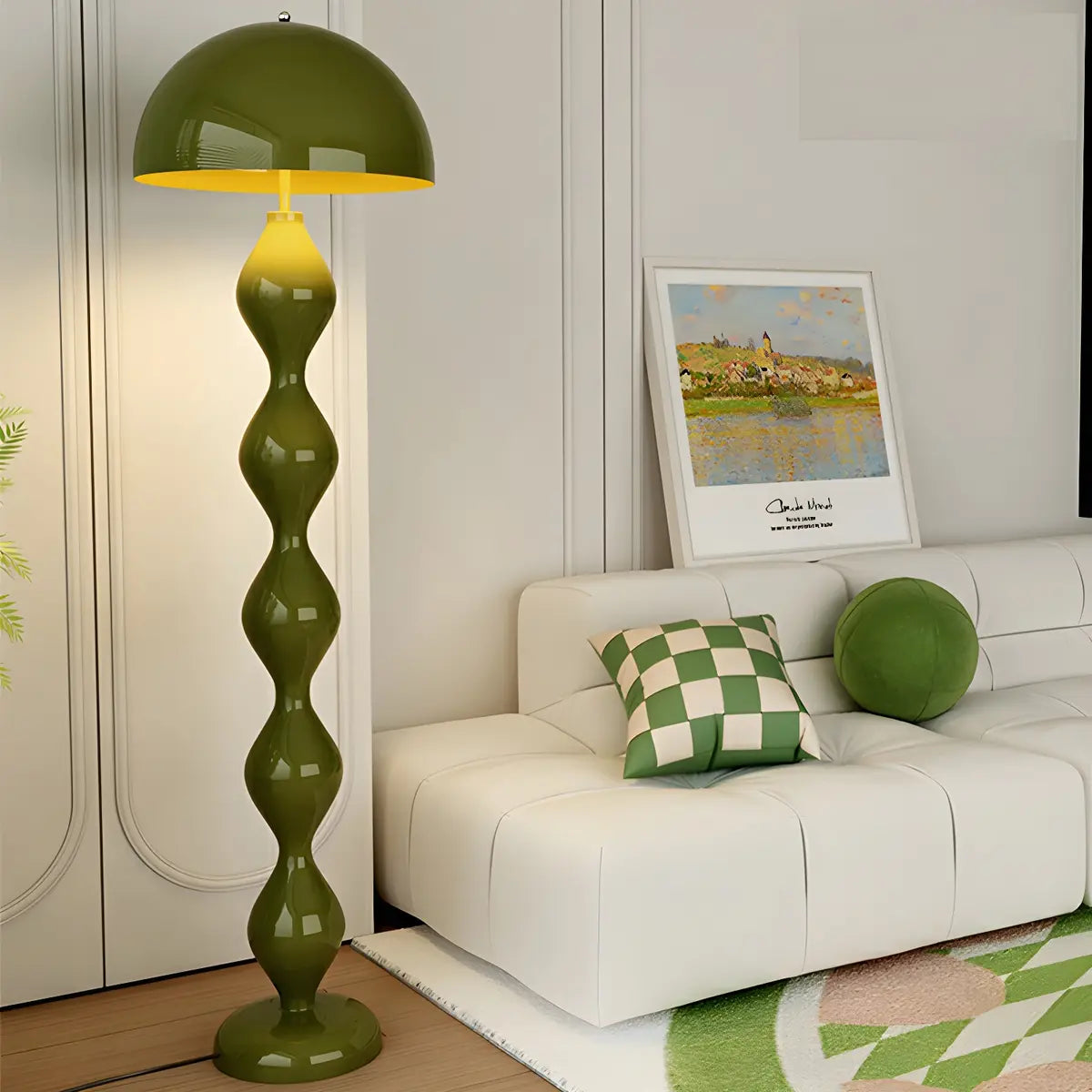
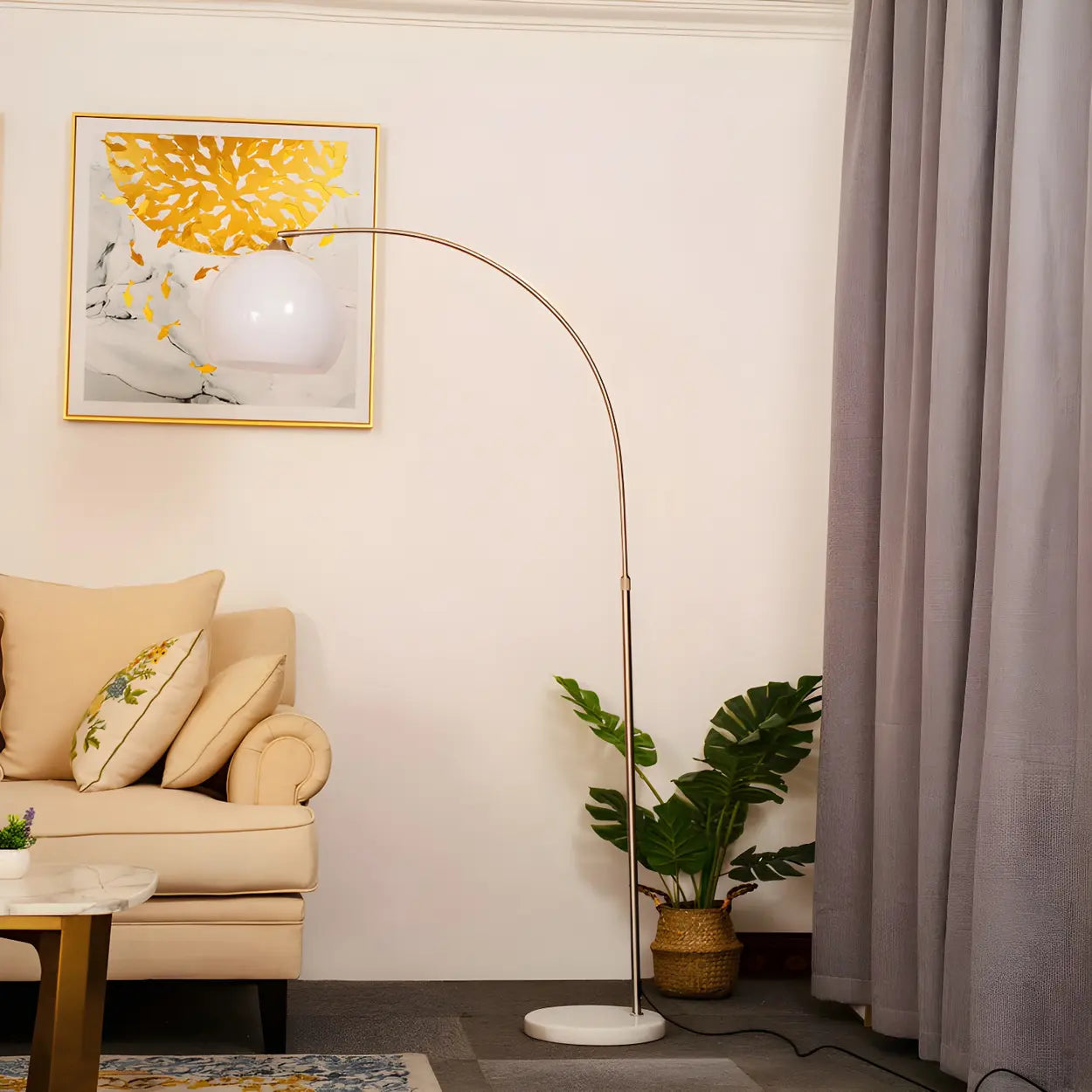
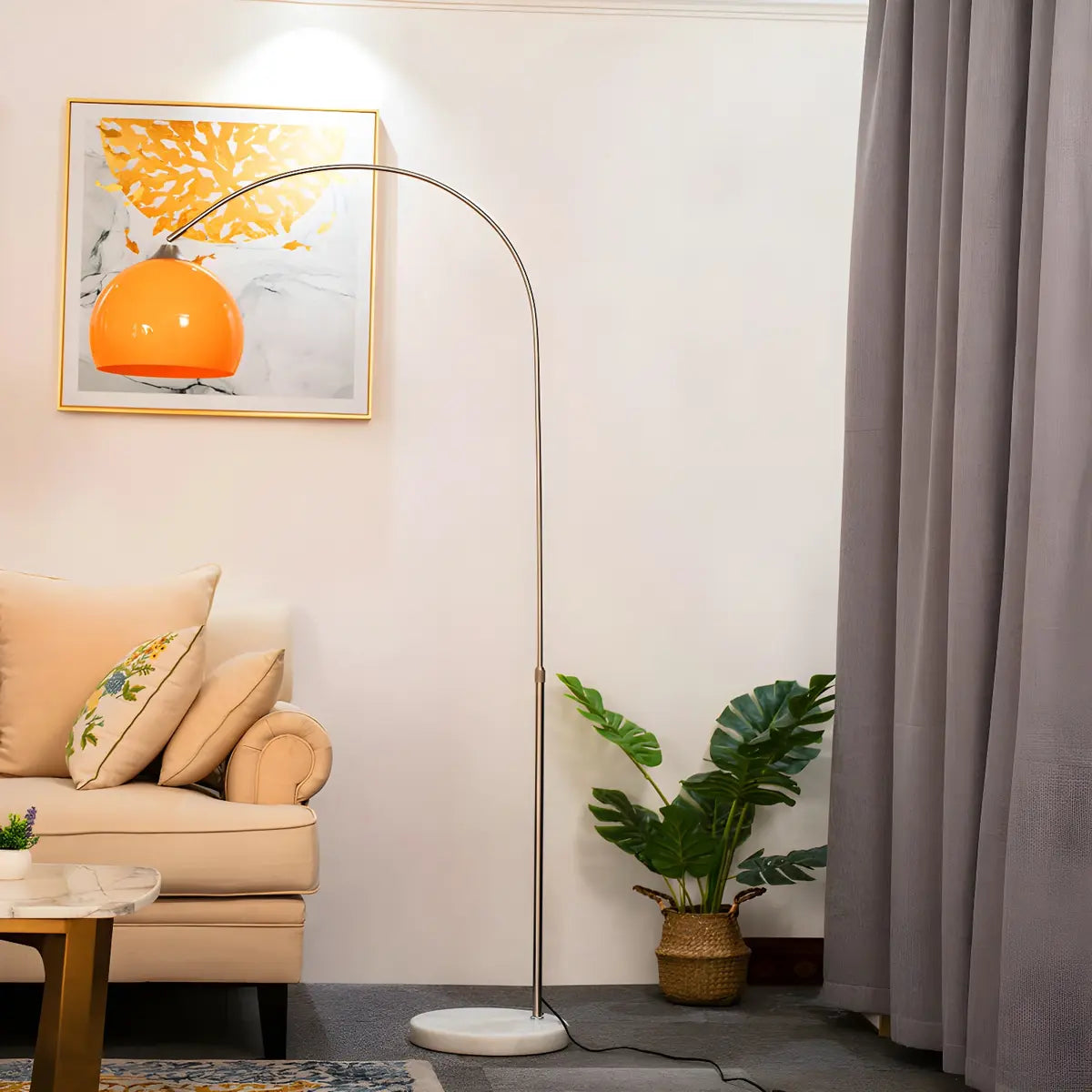
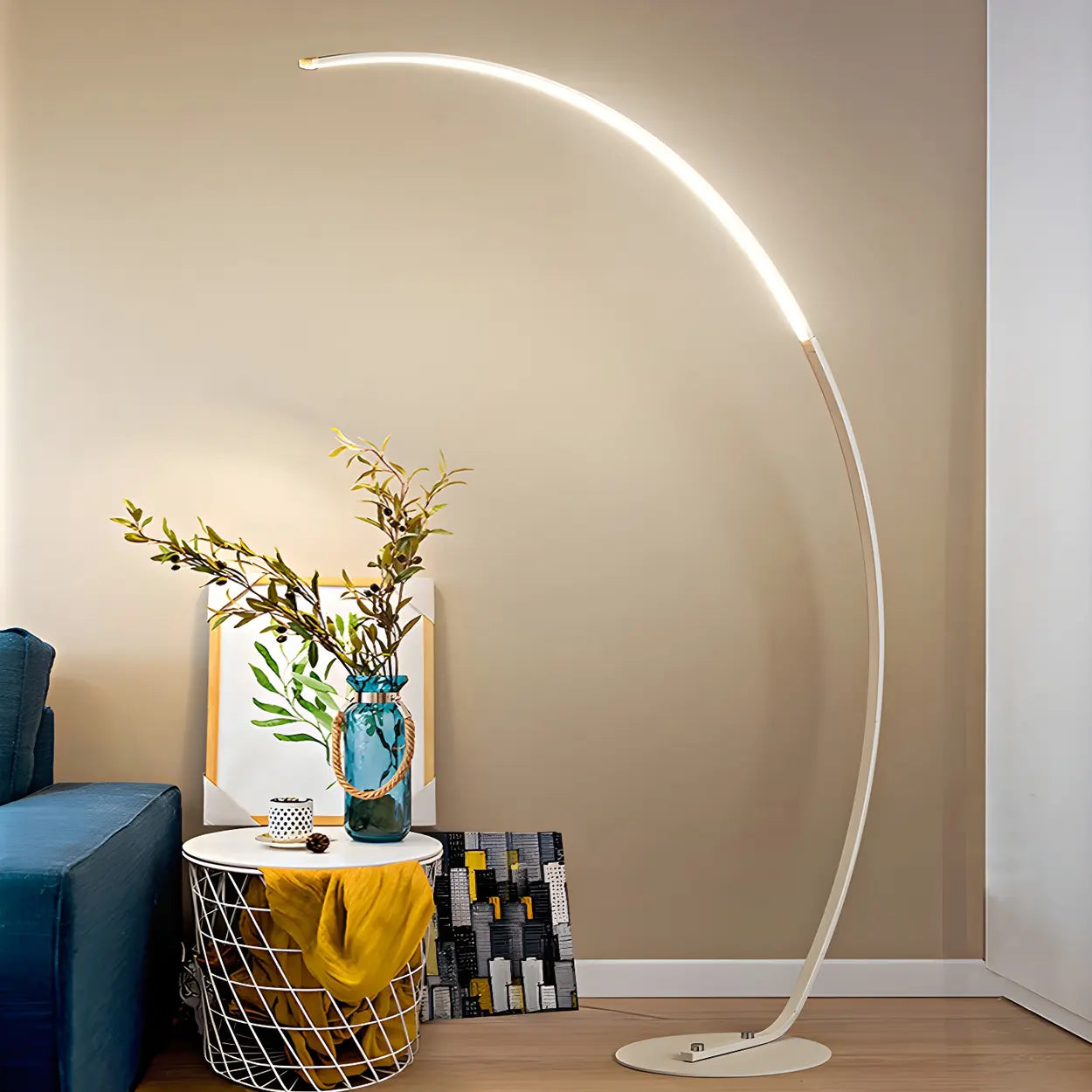
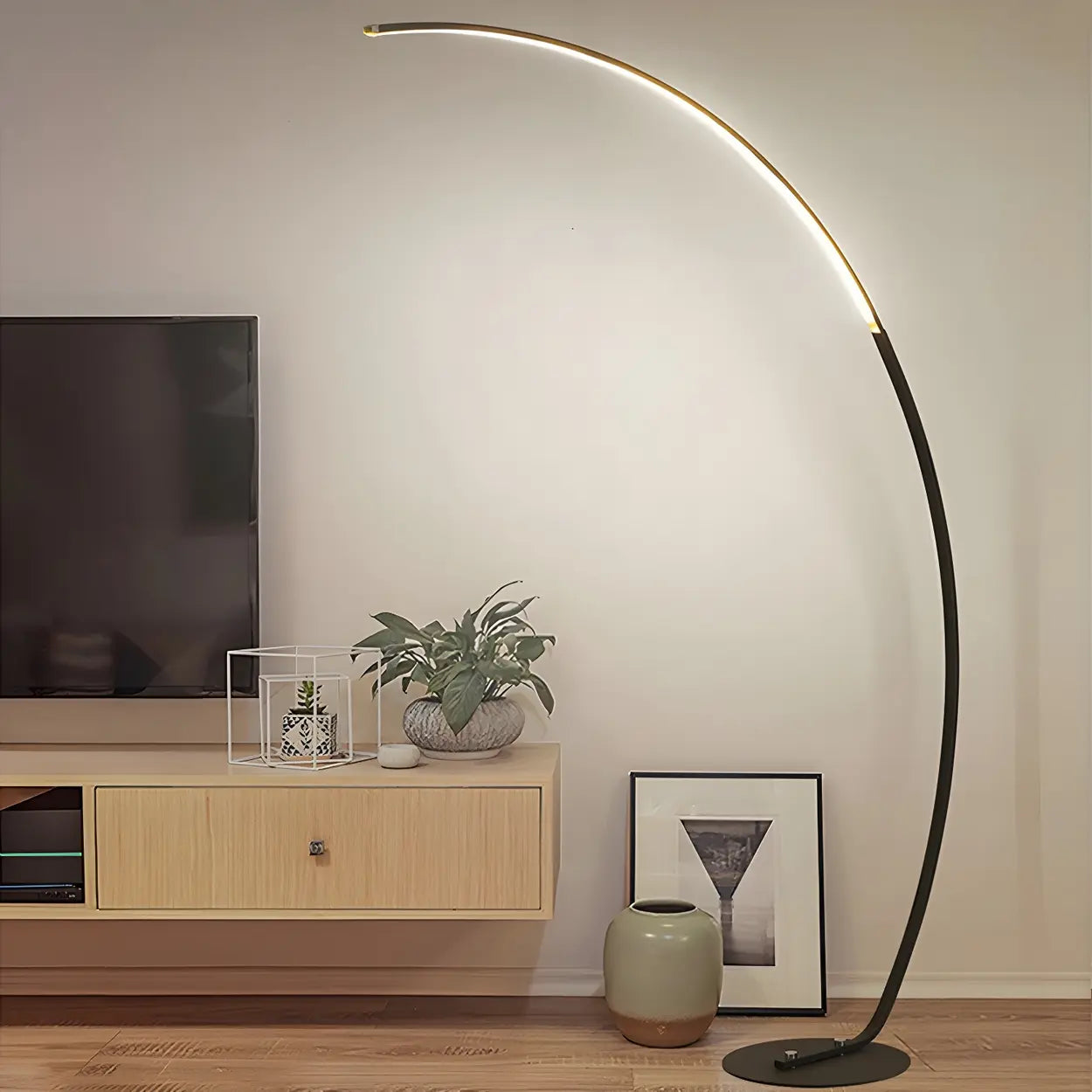
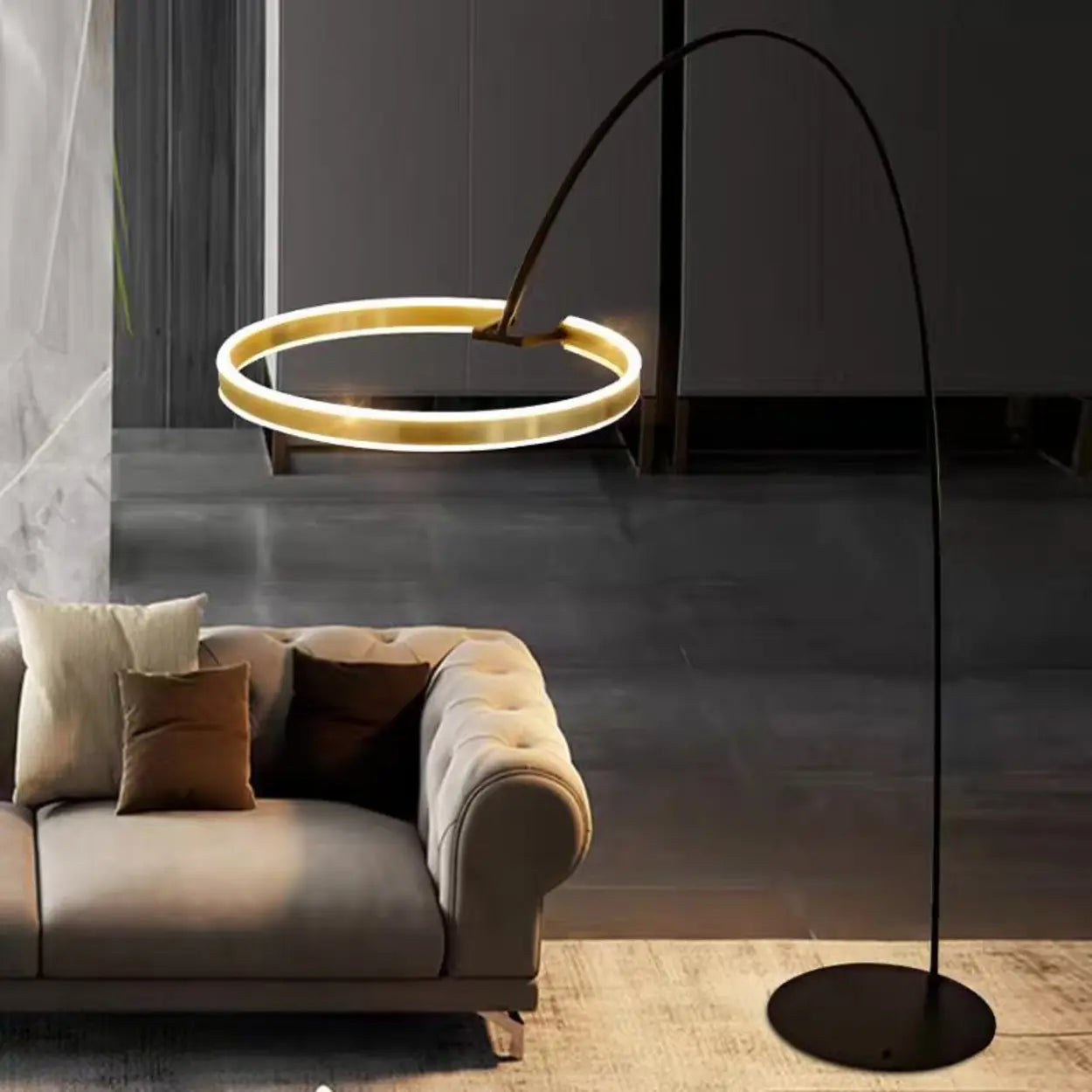
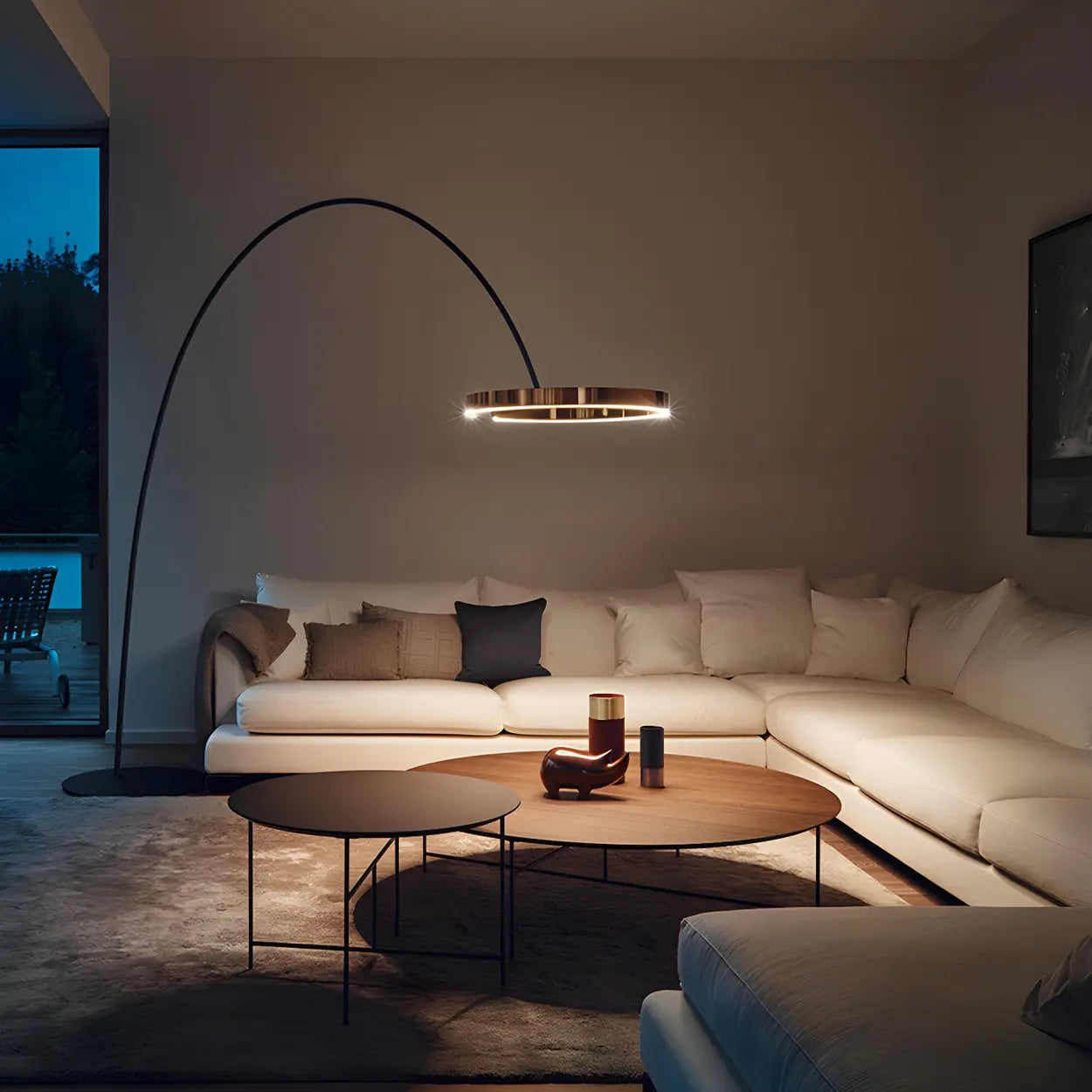
![10 Best Floor Lamp for Reading [2025 Review]](http://www.homebaa.com/cdn/shop/articles/banner_c990b0a4-4743-4902-b6be-5609f7a21a90.webp?v=1747357941)


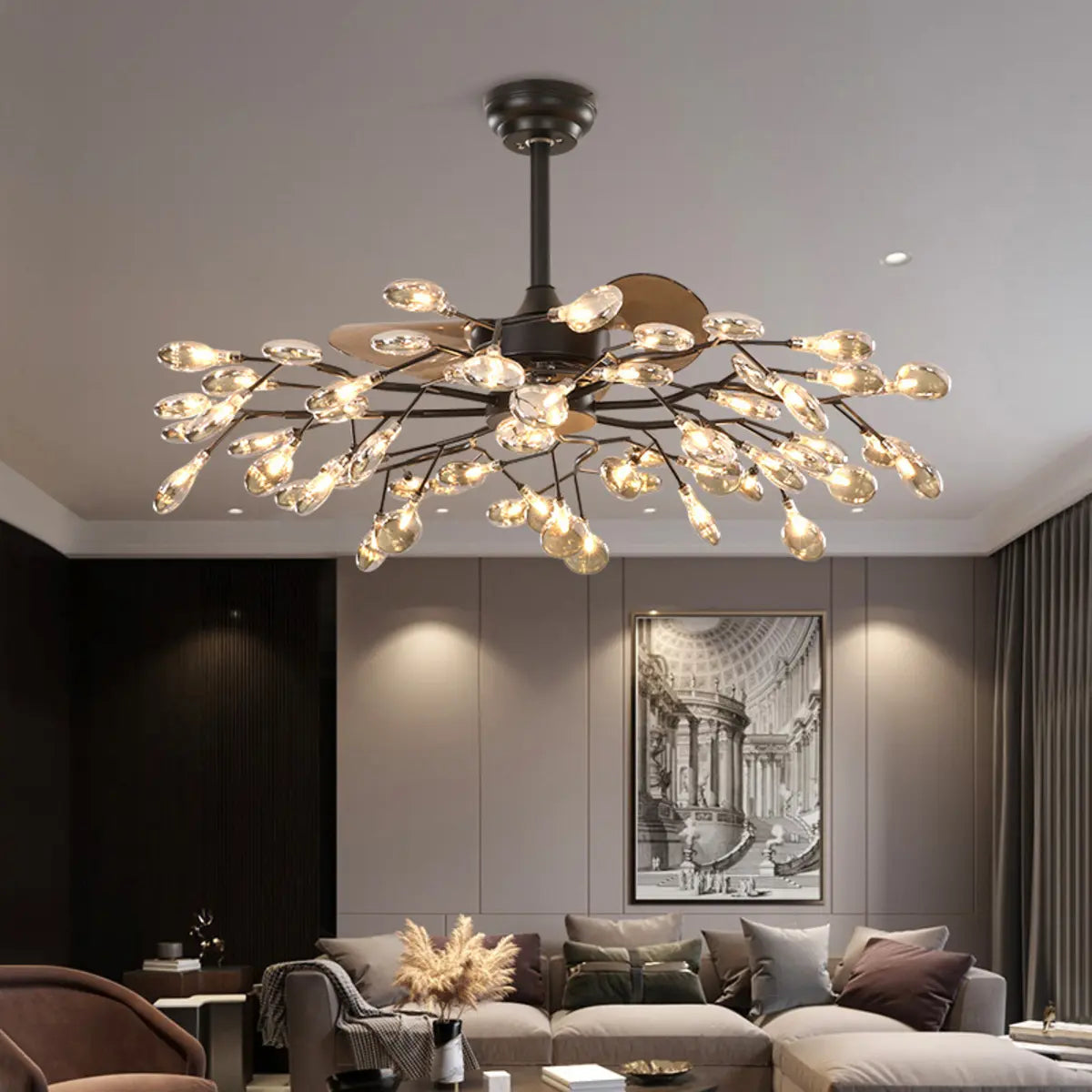
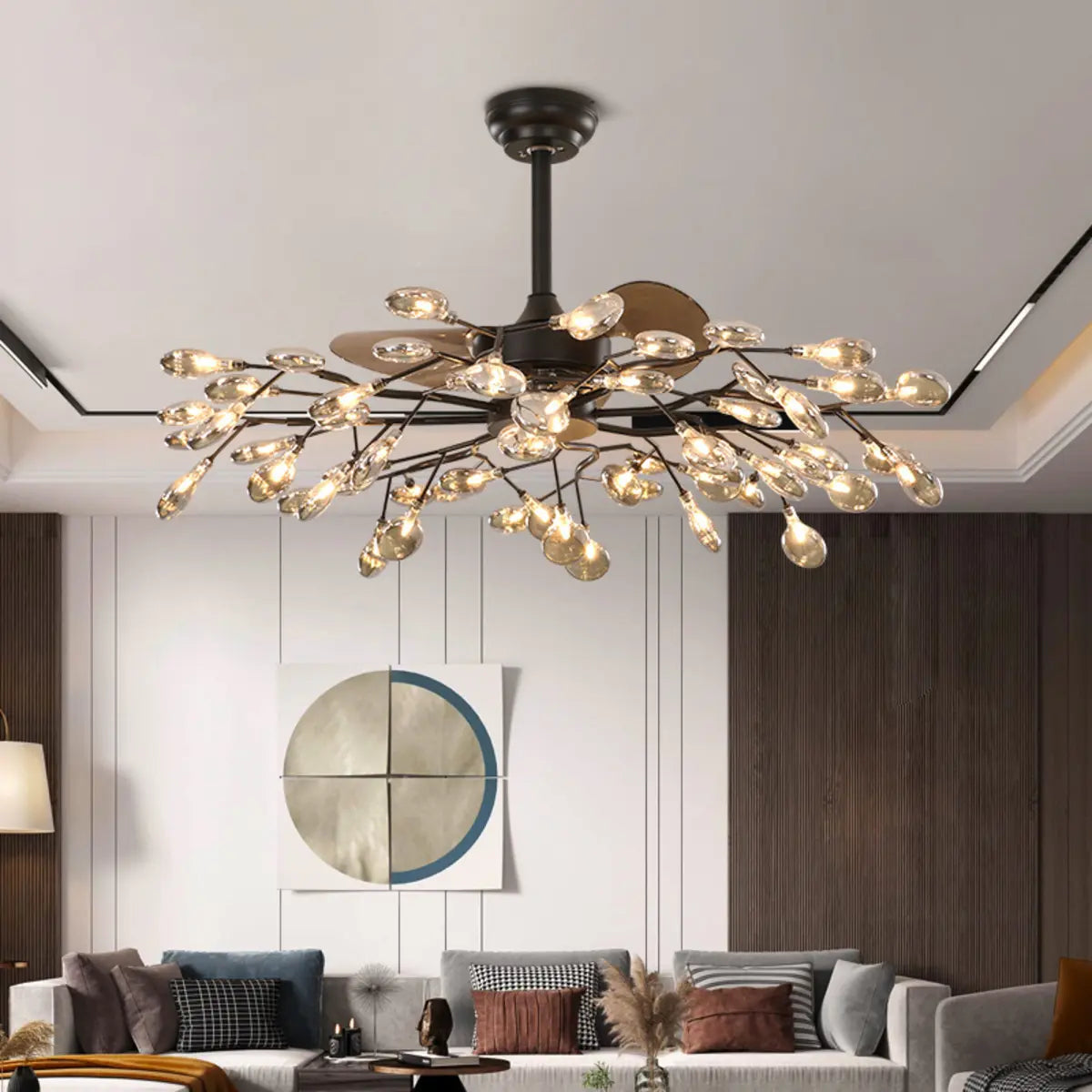
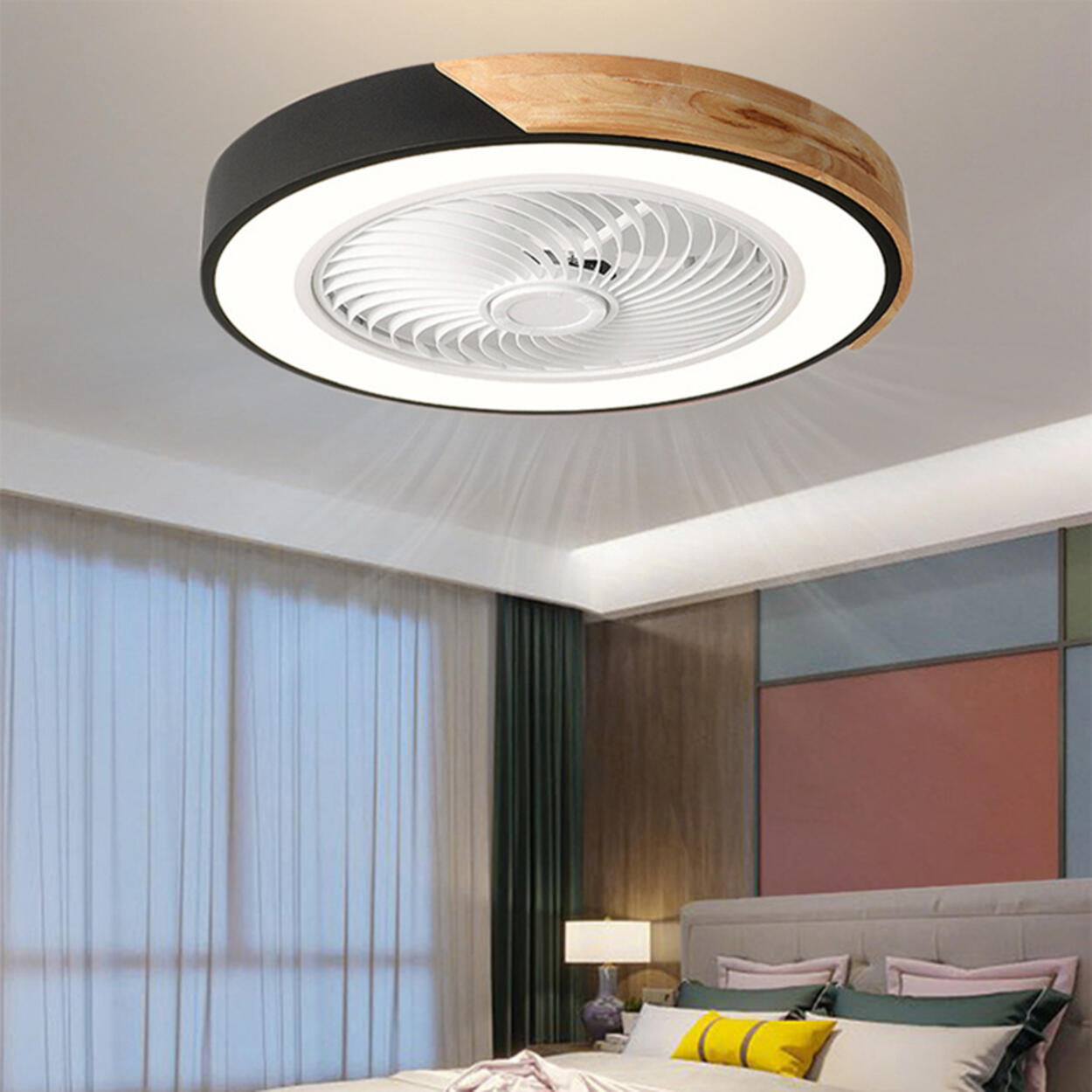
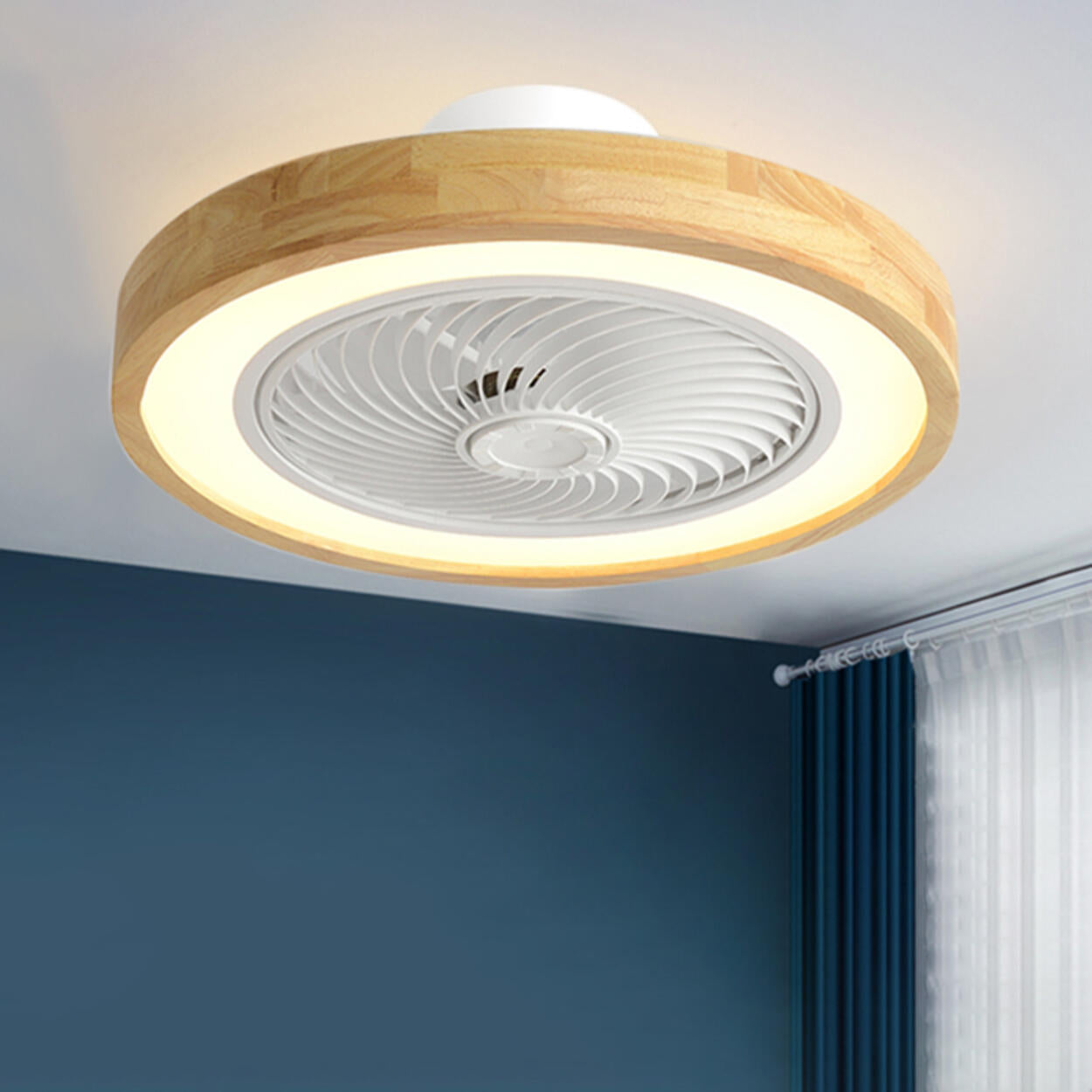
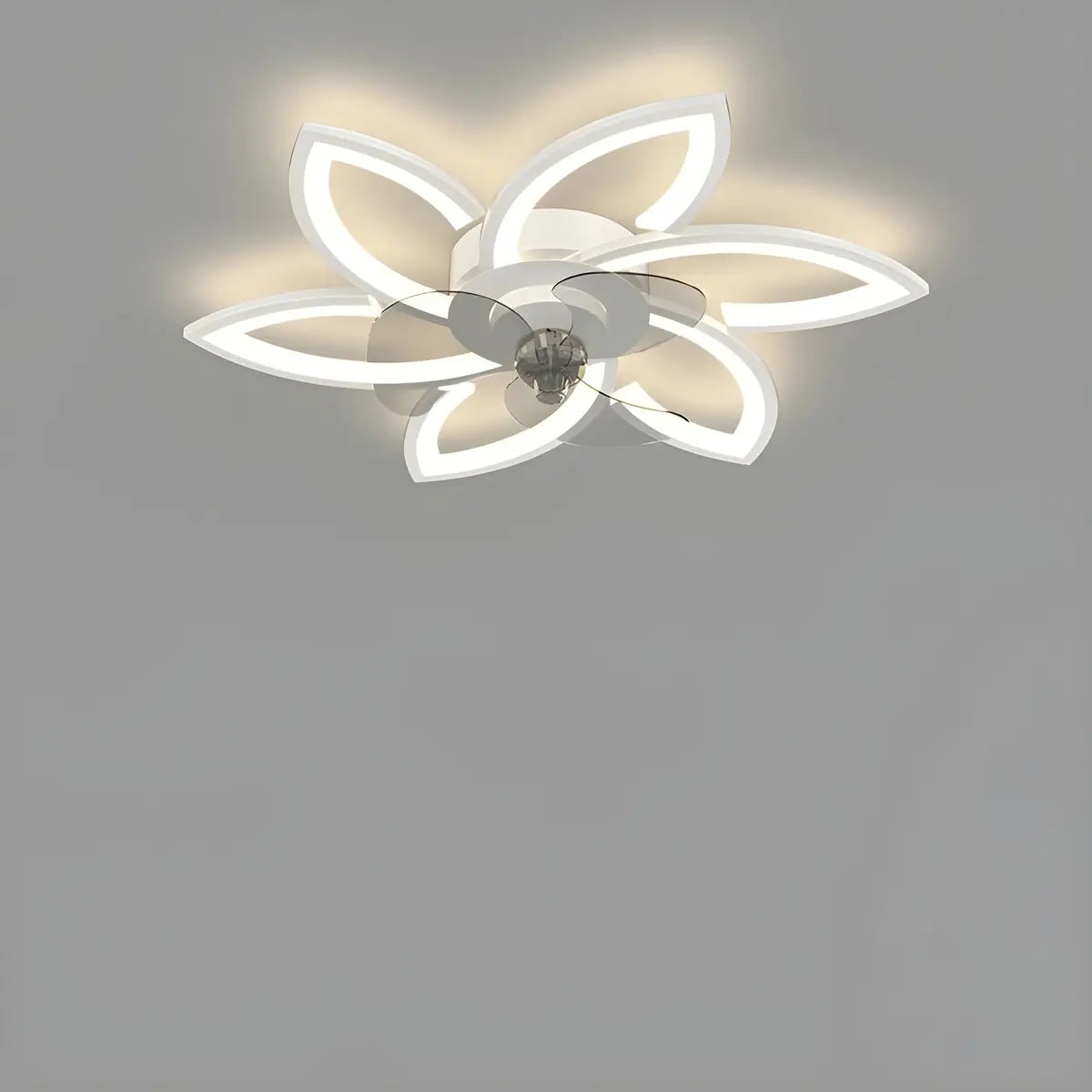
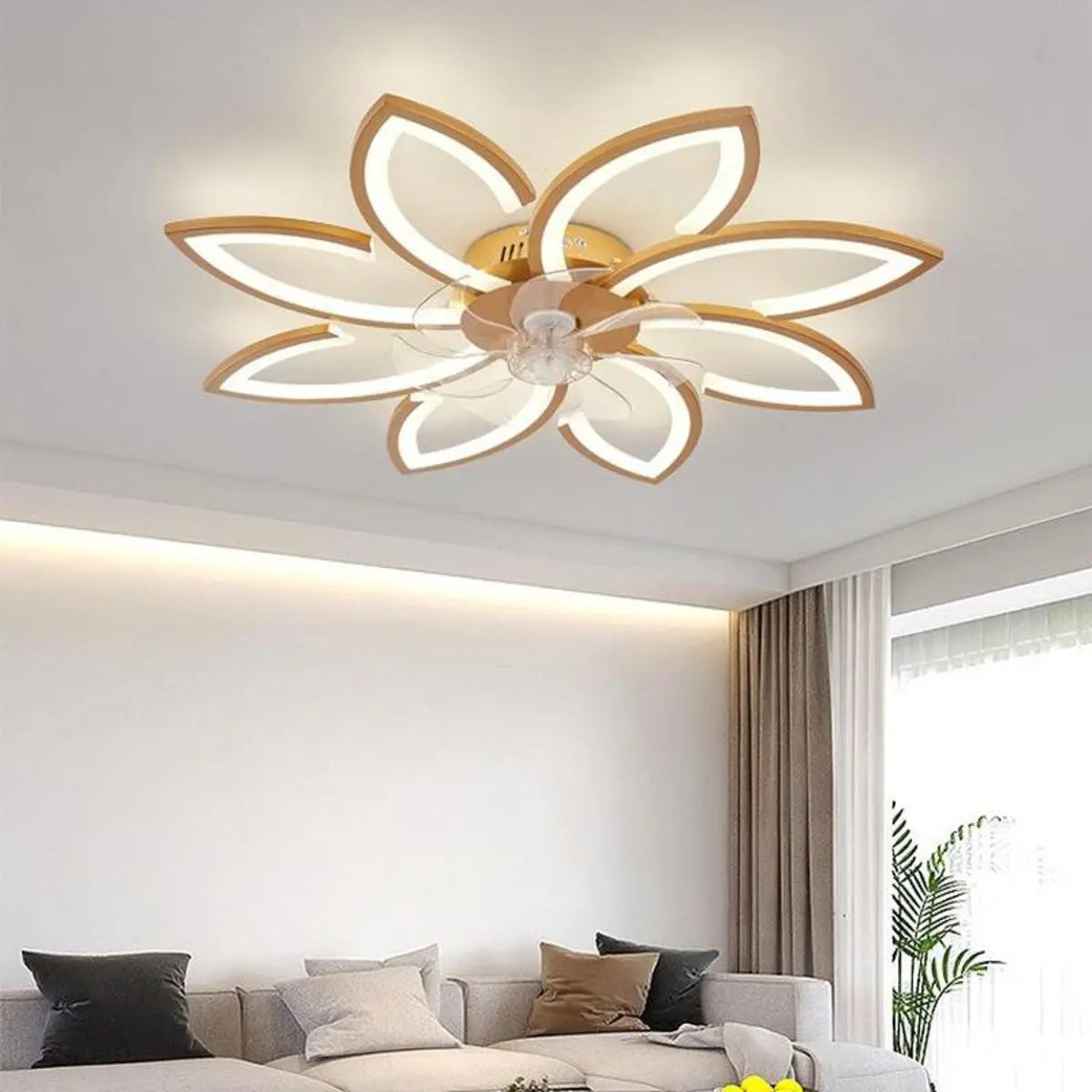
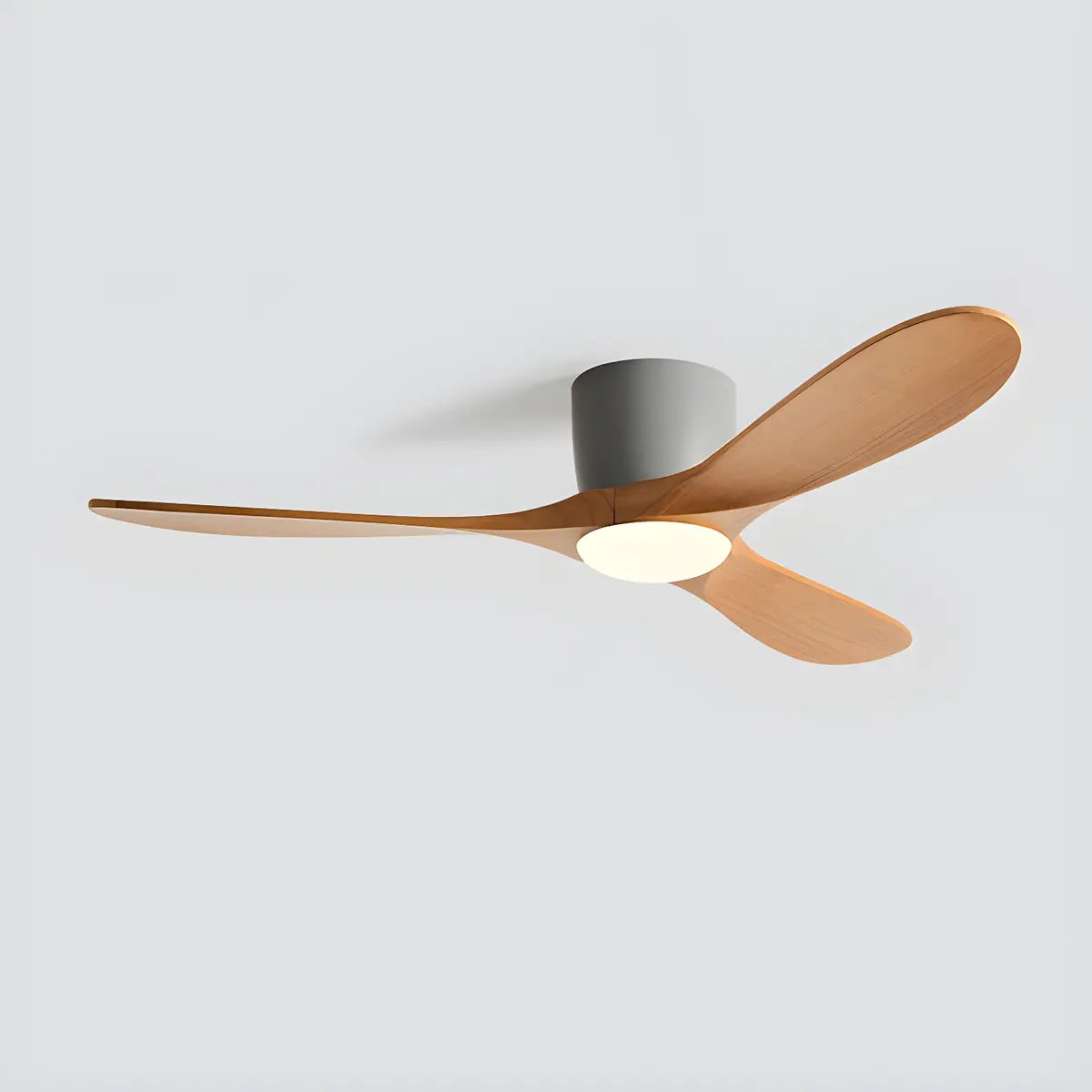
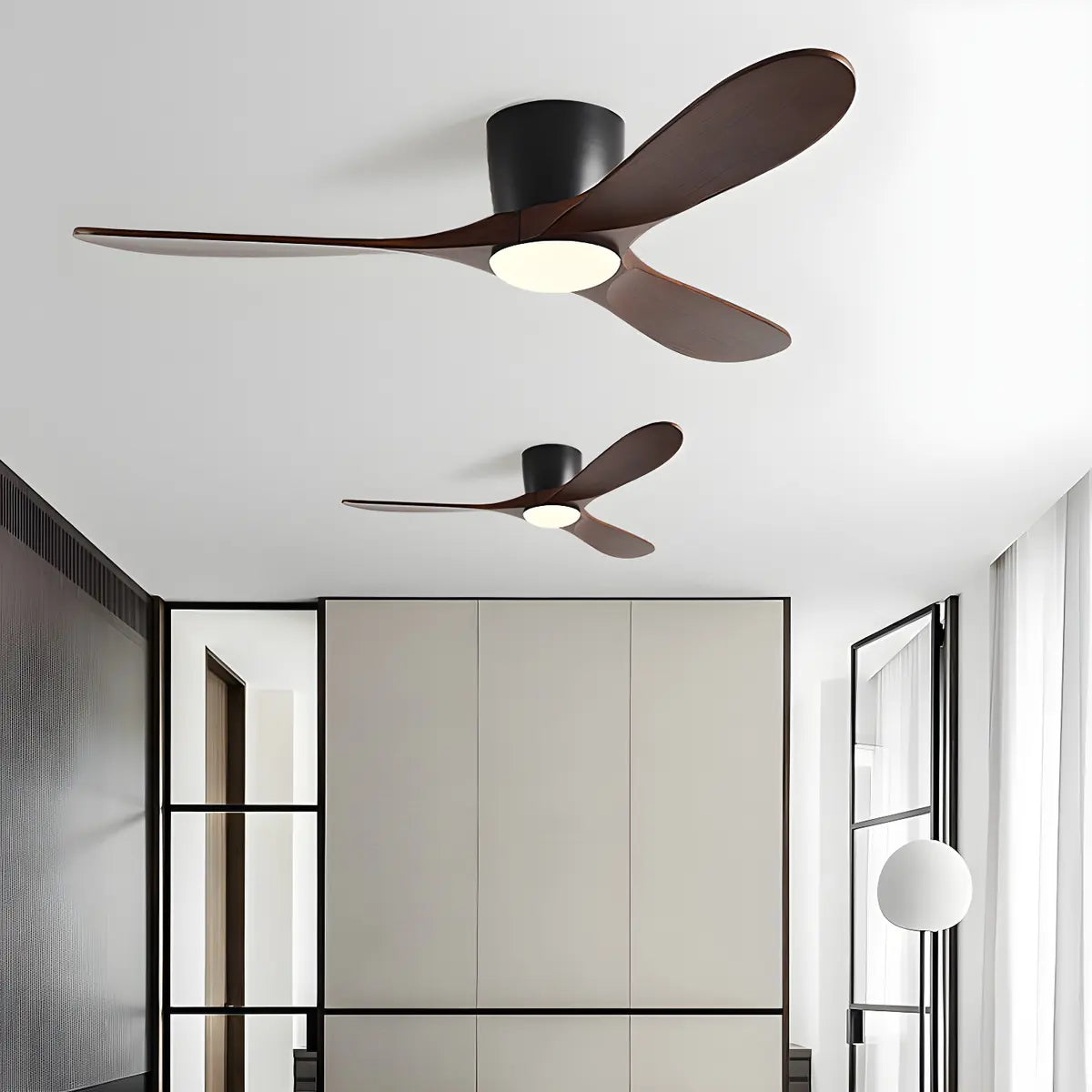

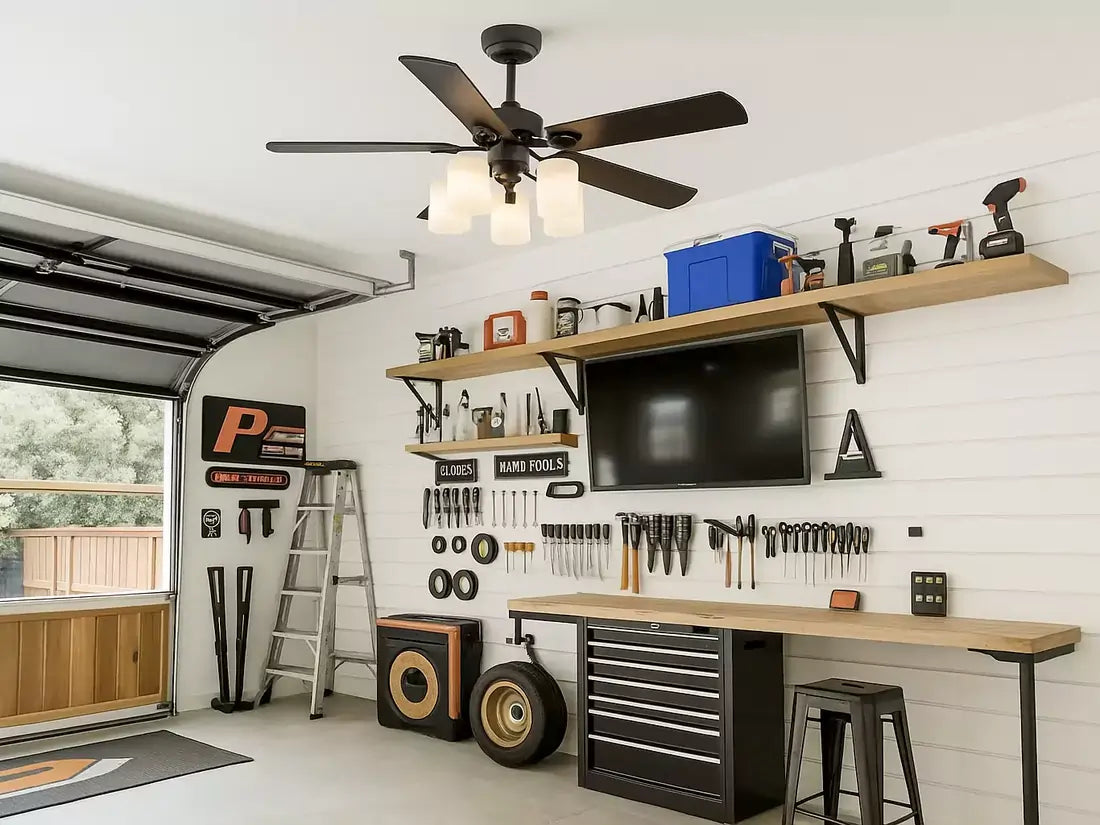
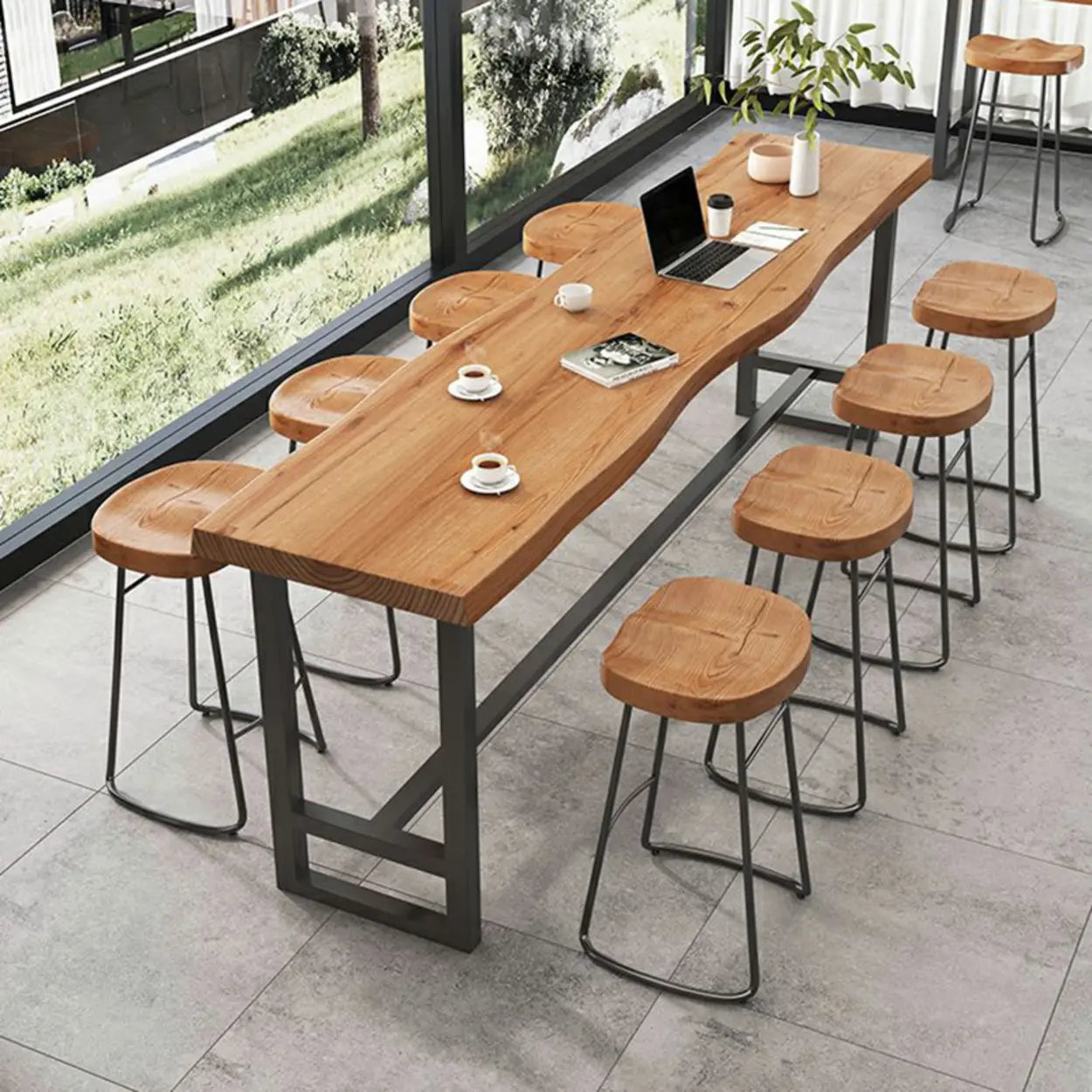
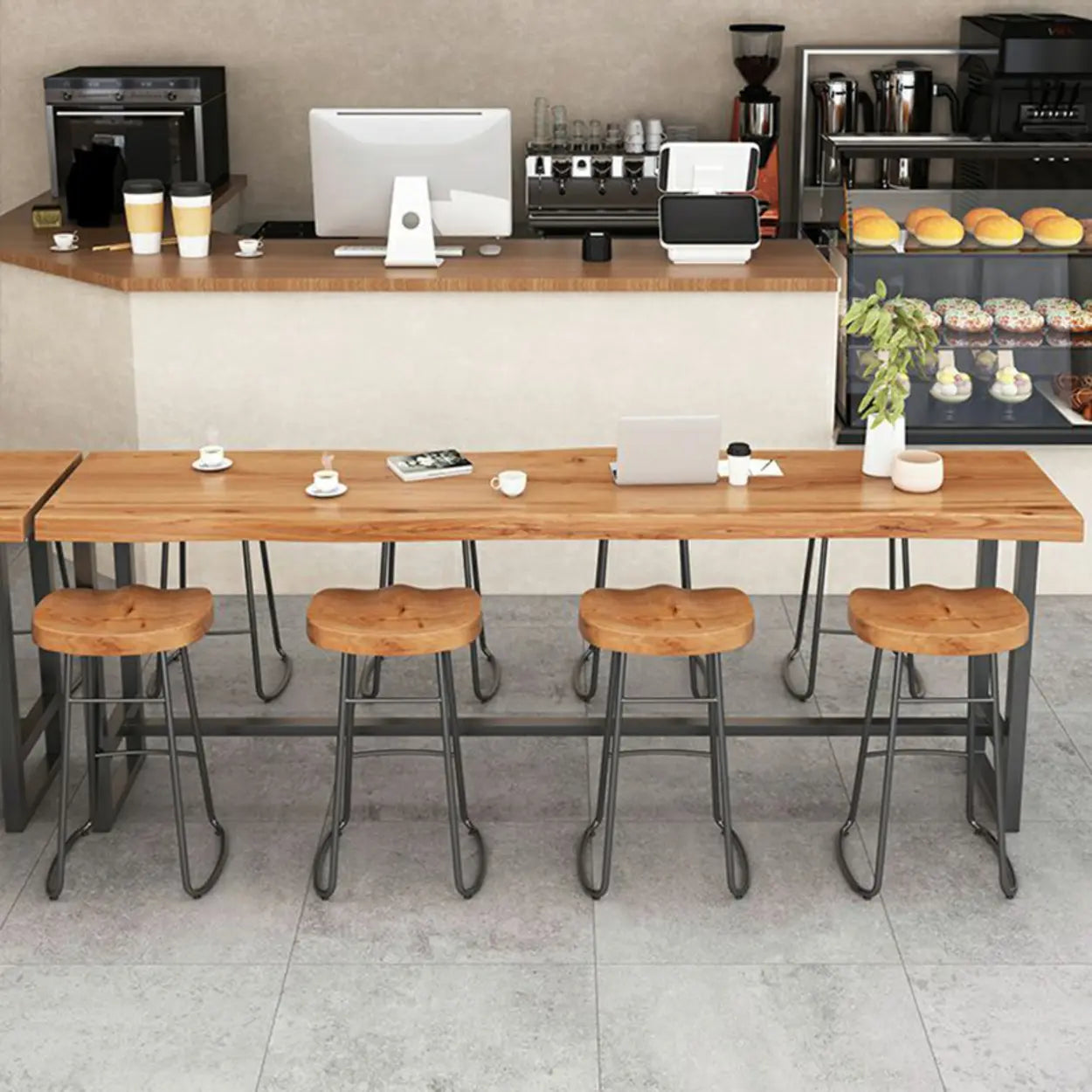

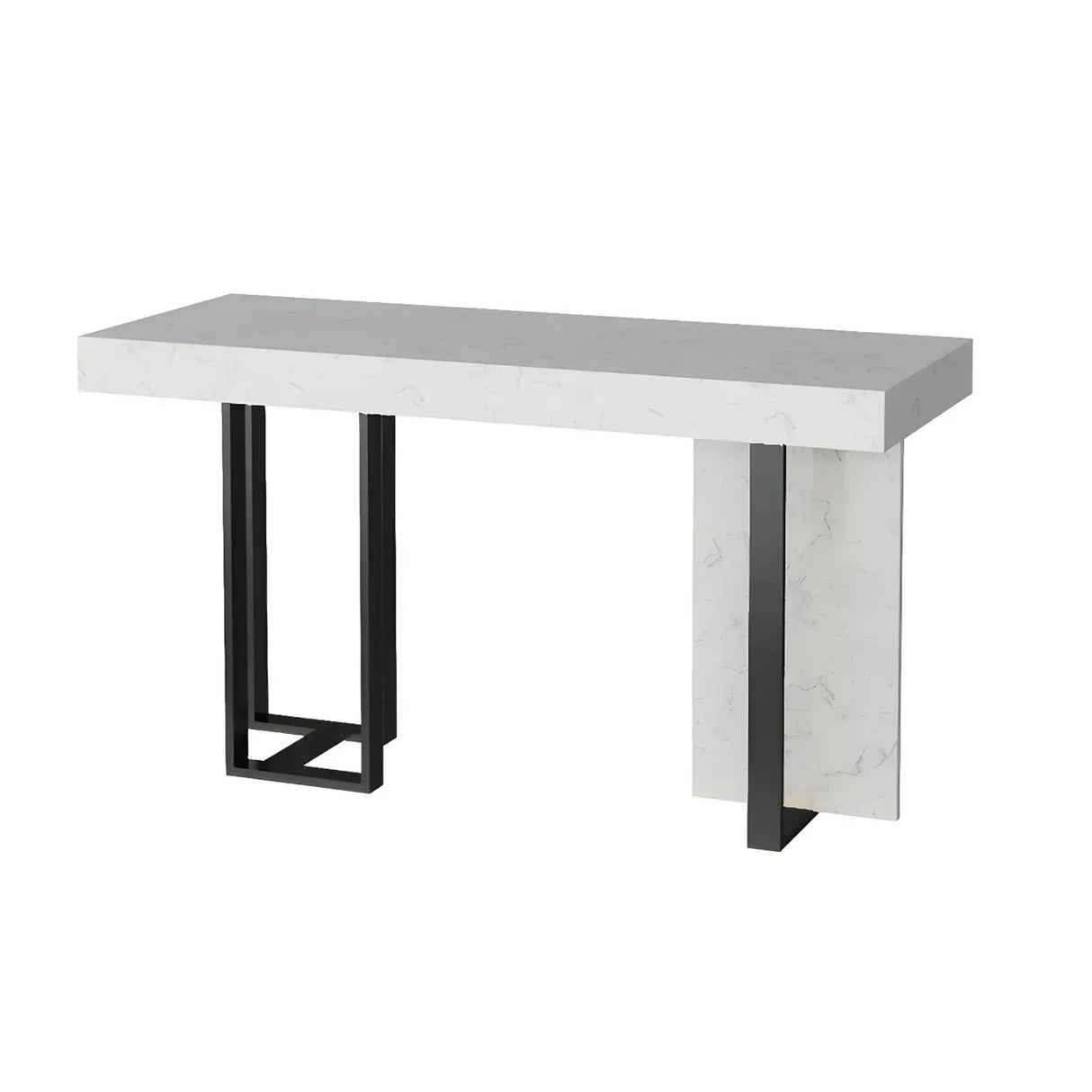



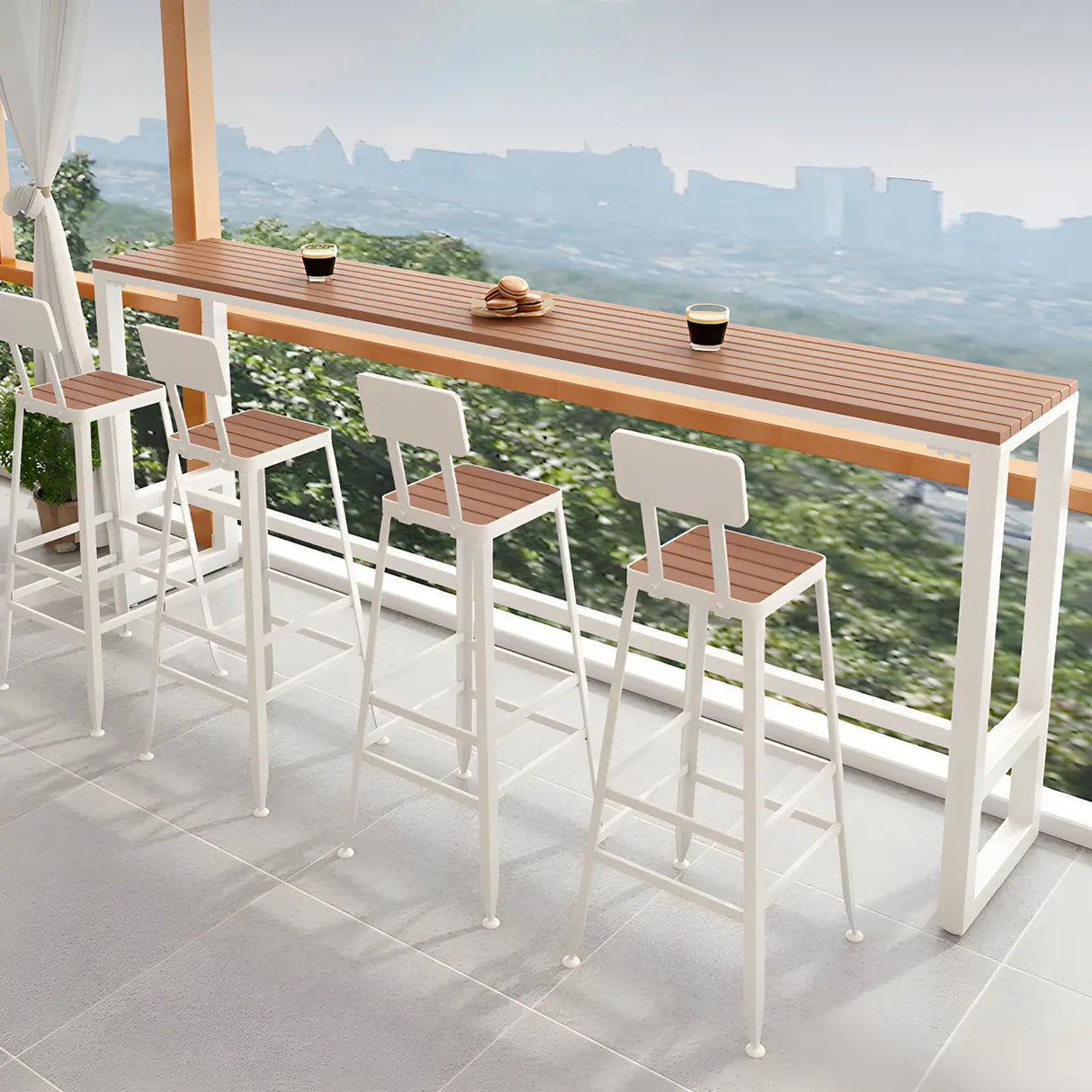

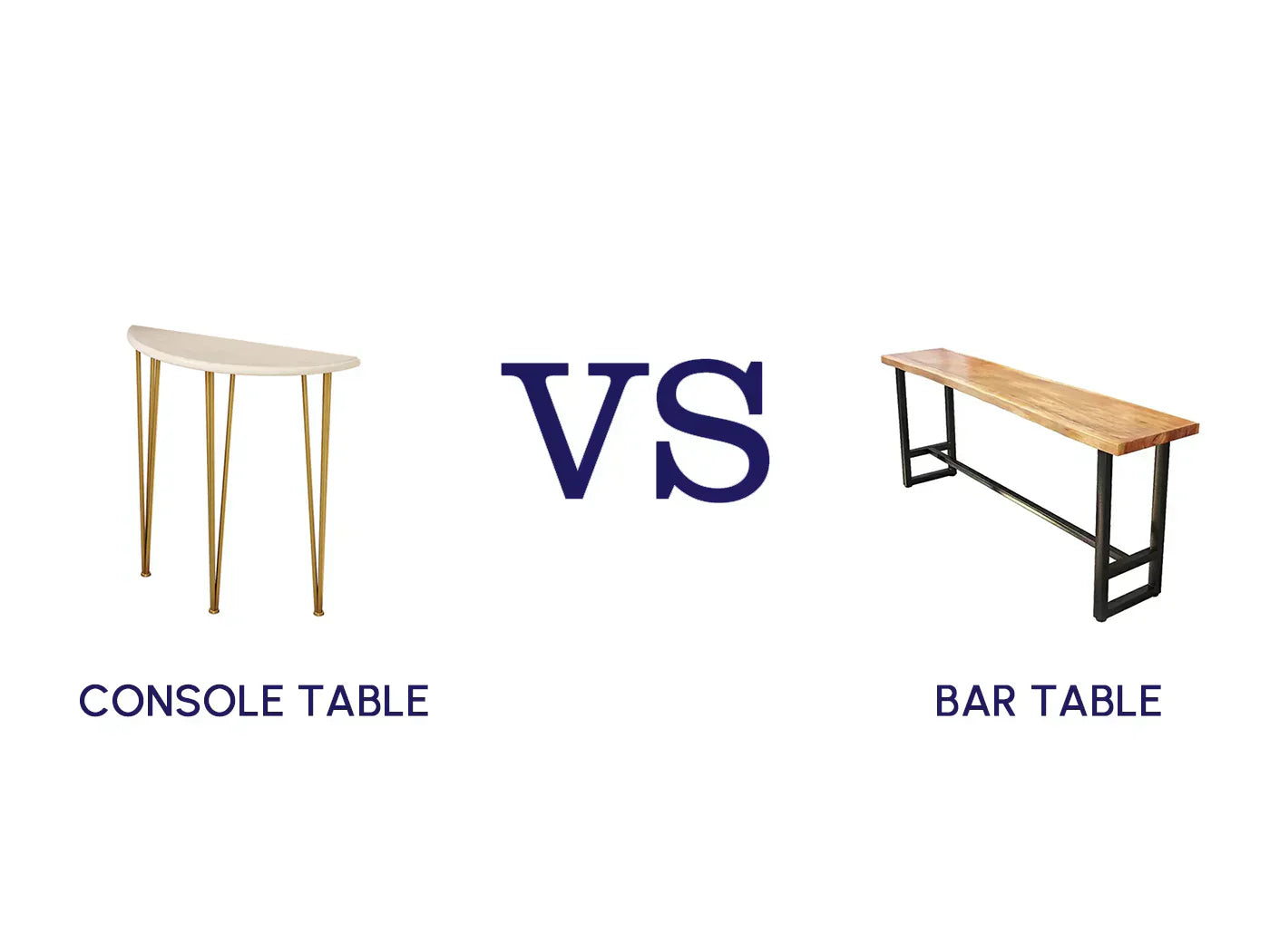
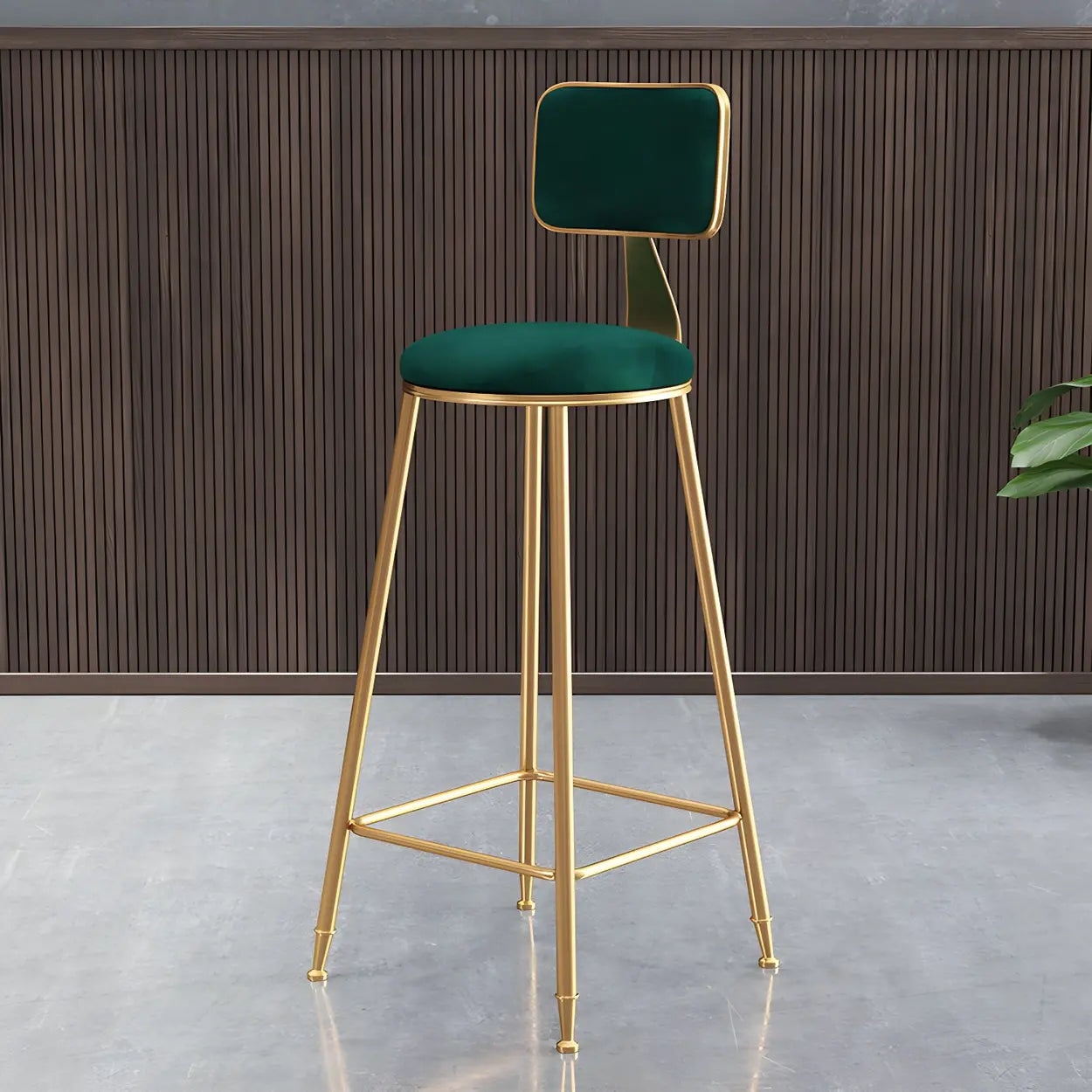
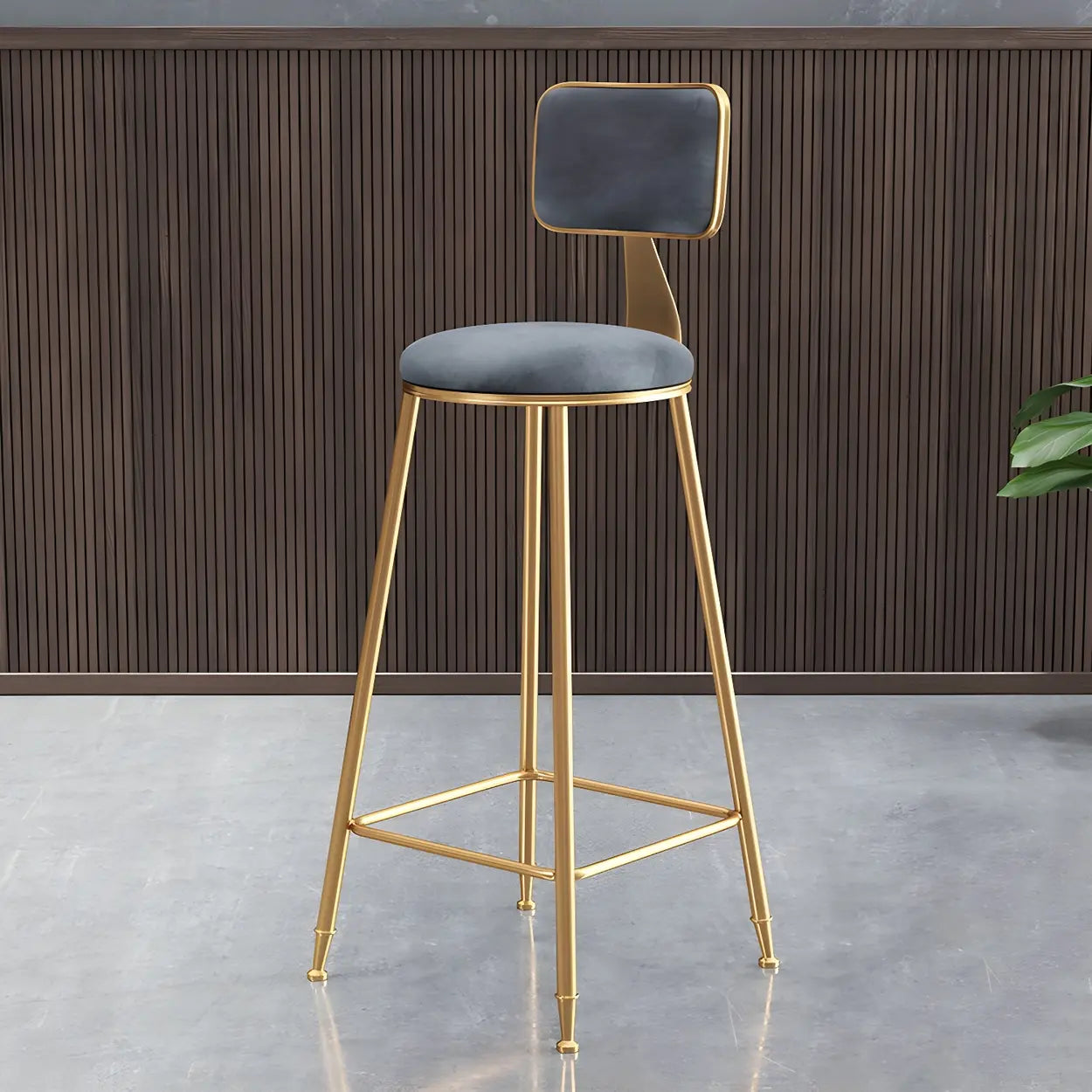


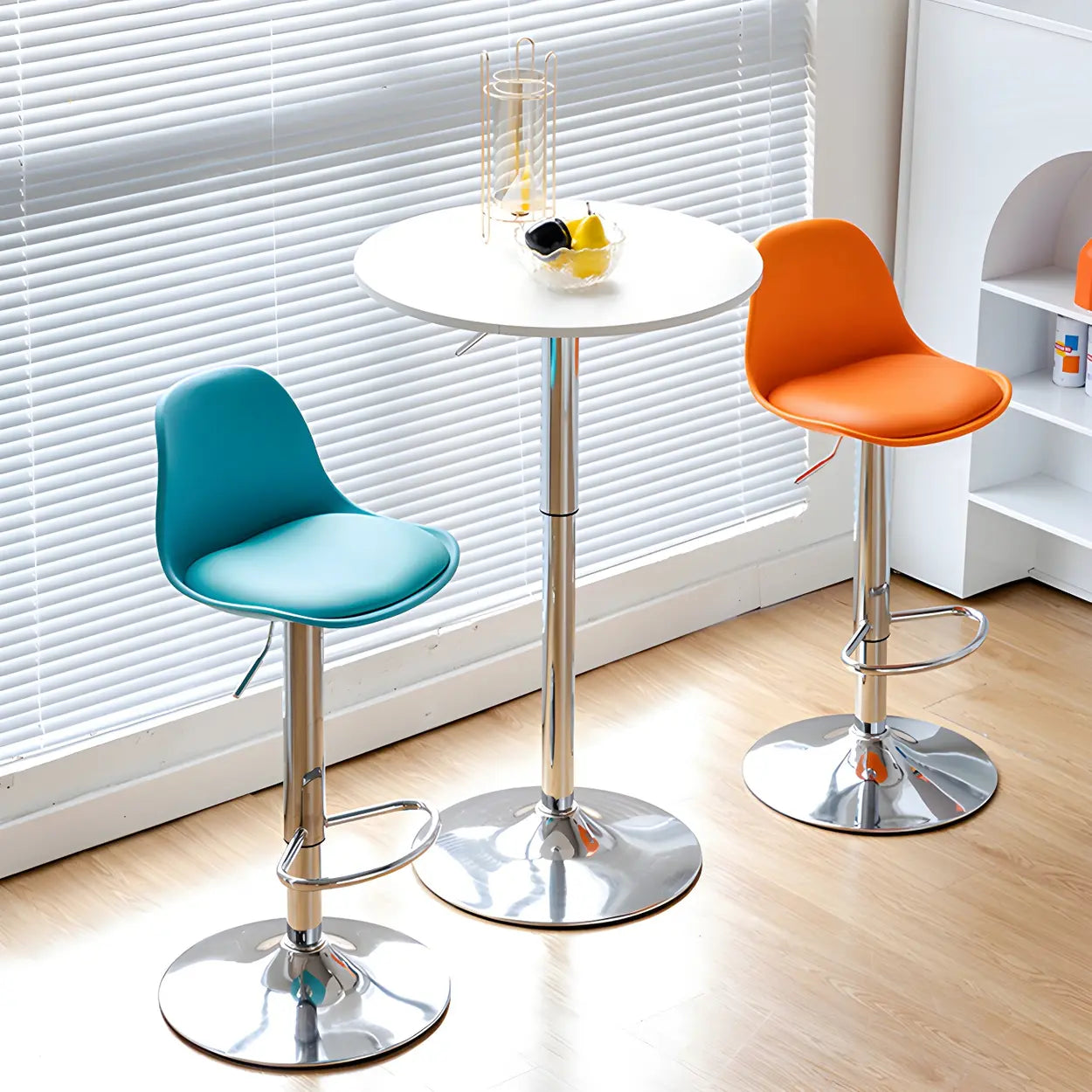
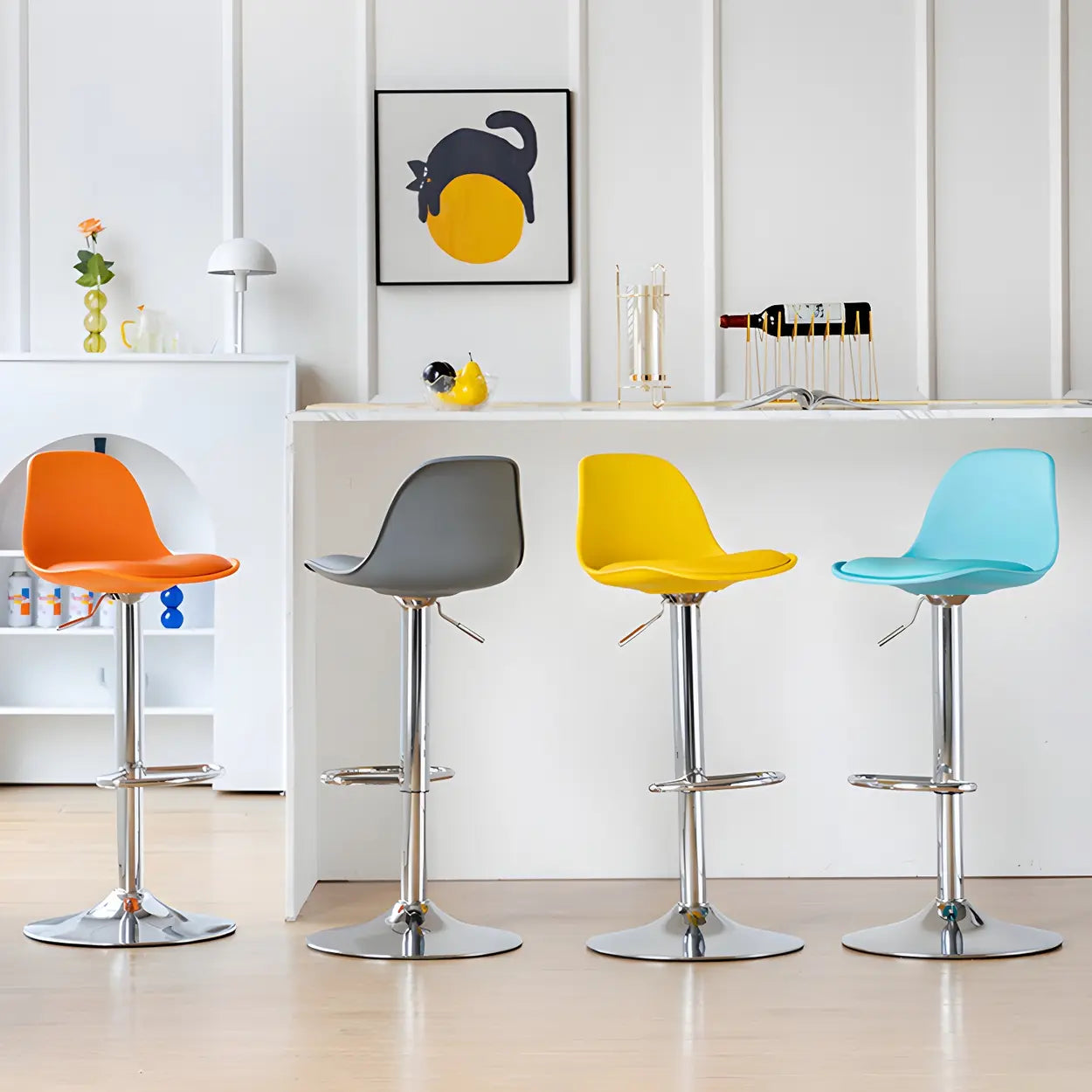

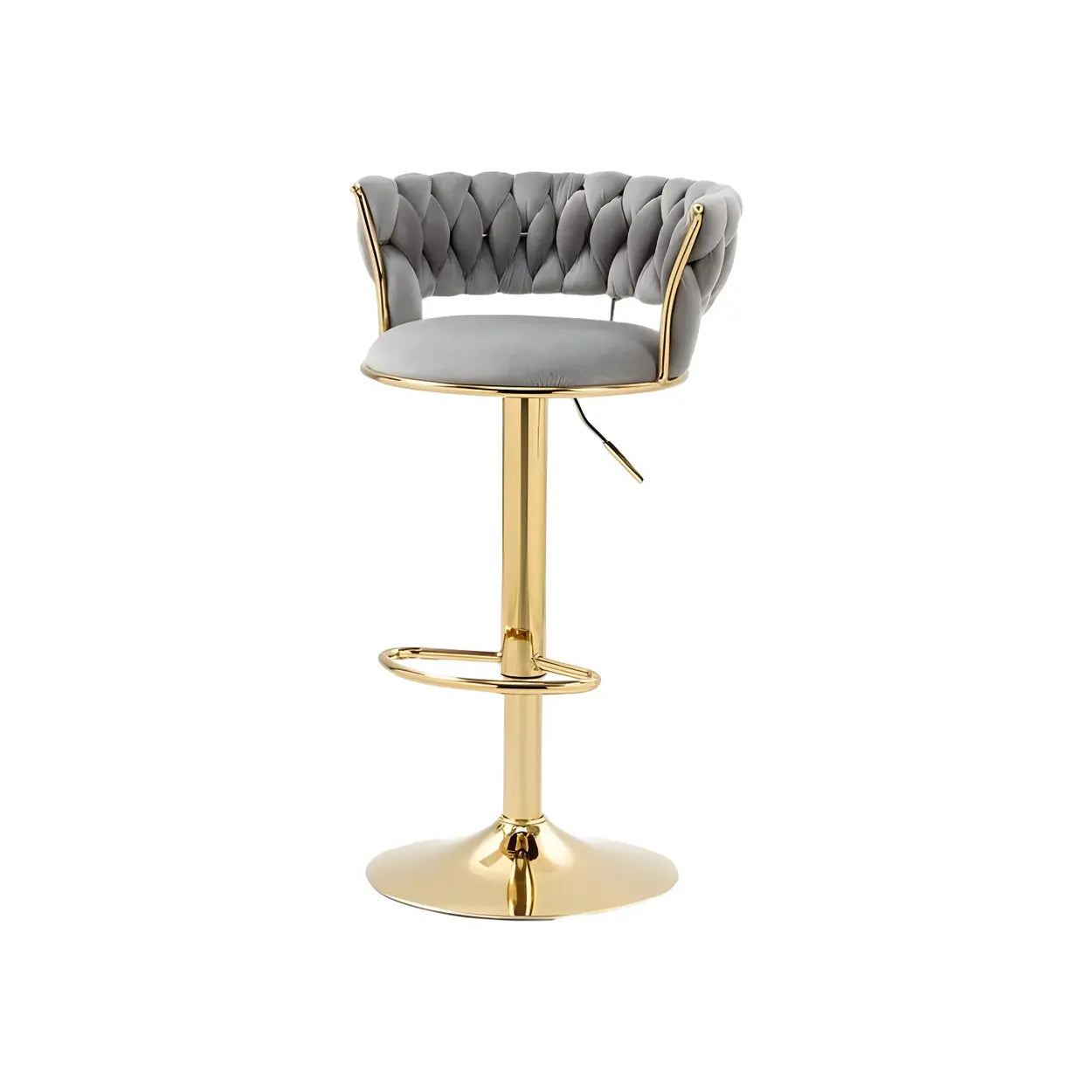
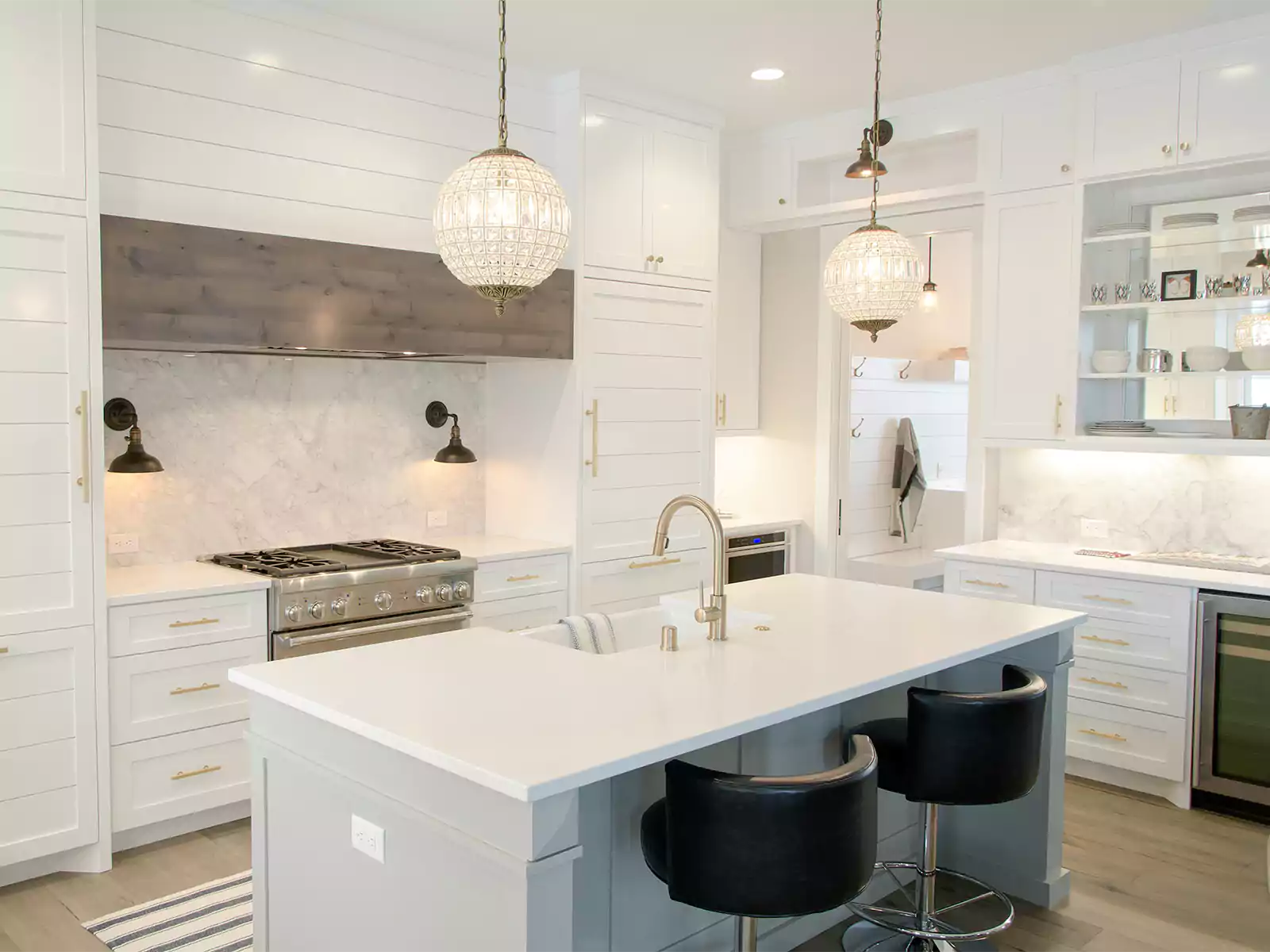




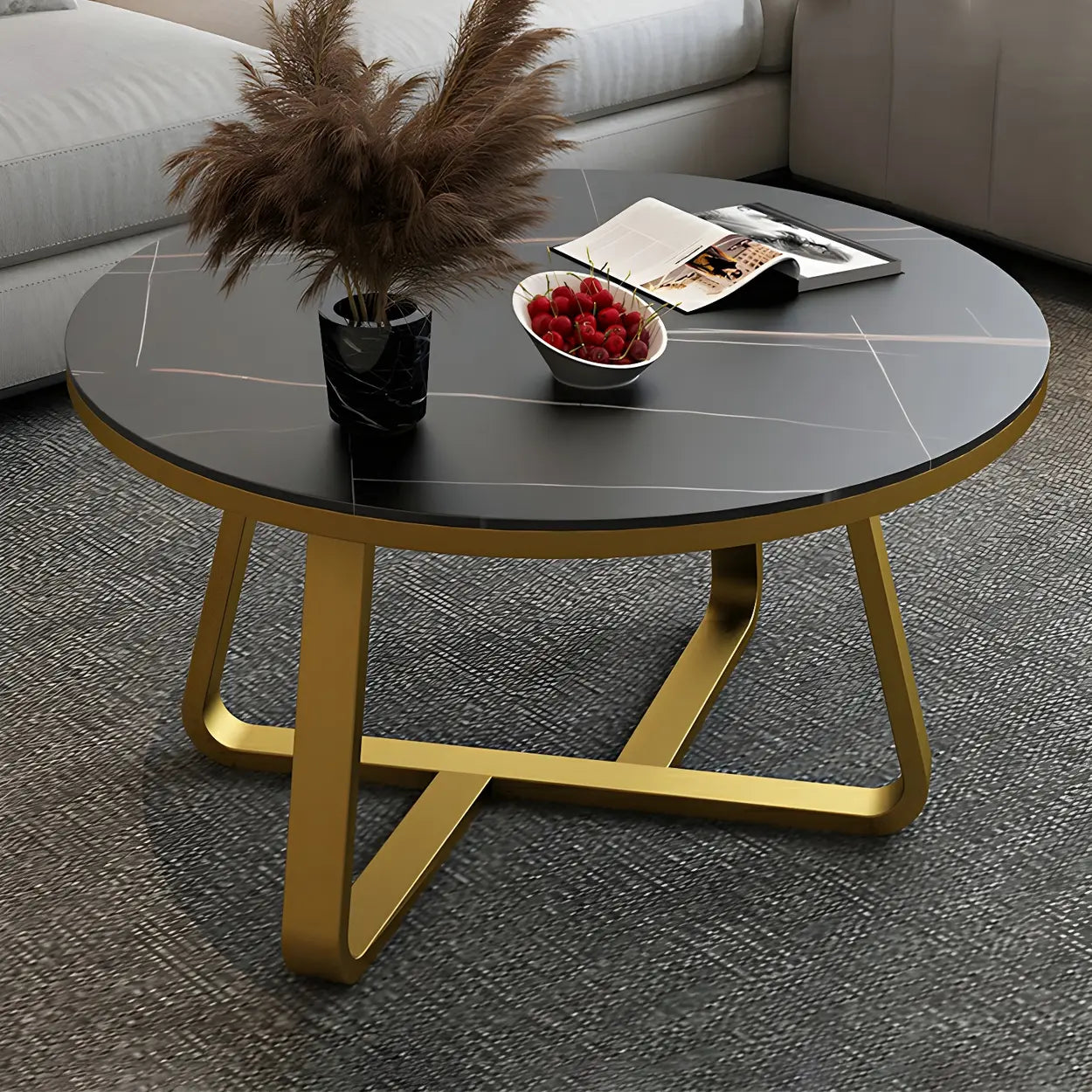
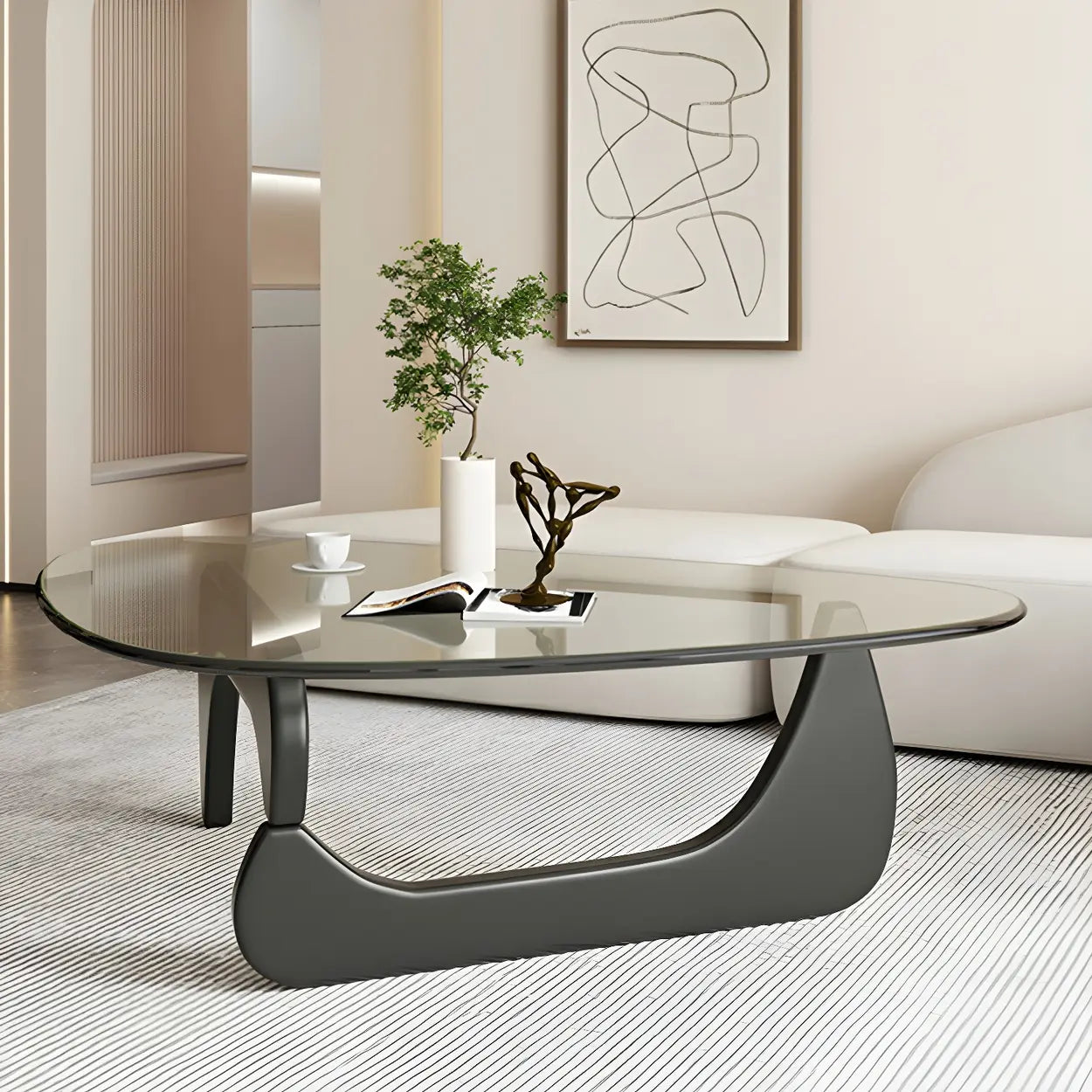
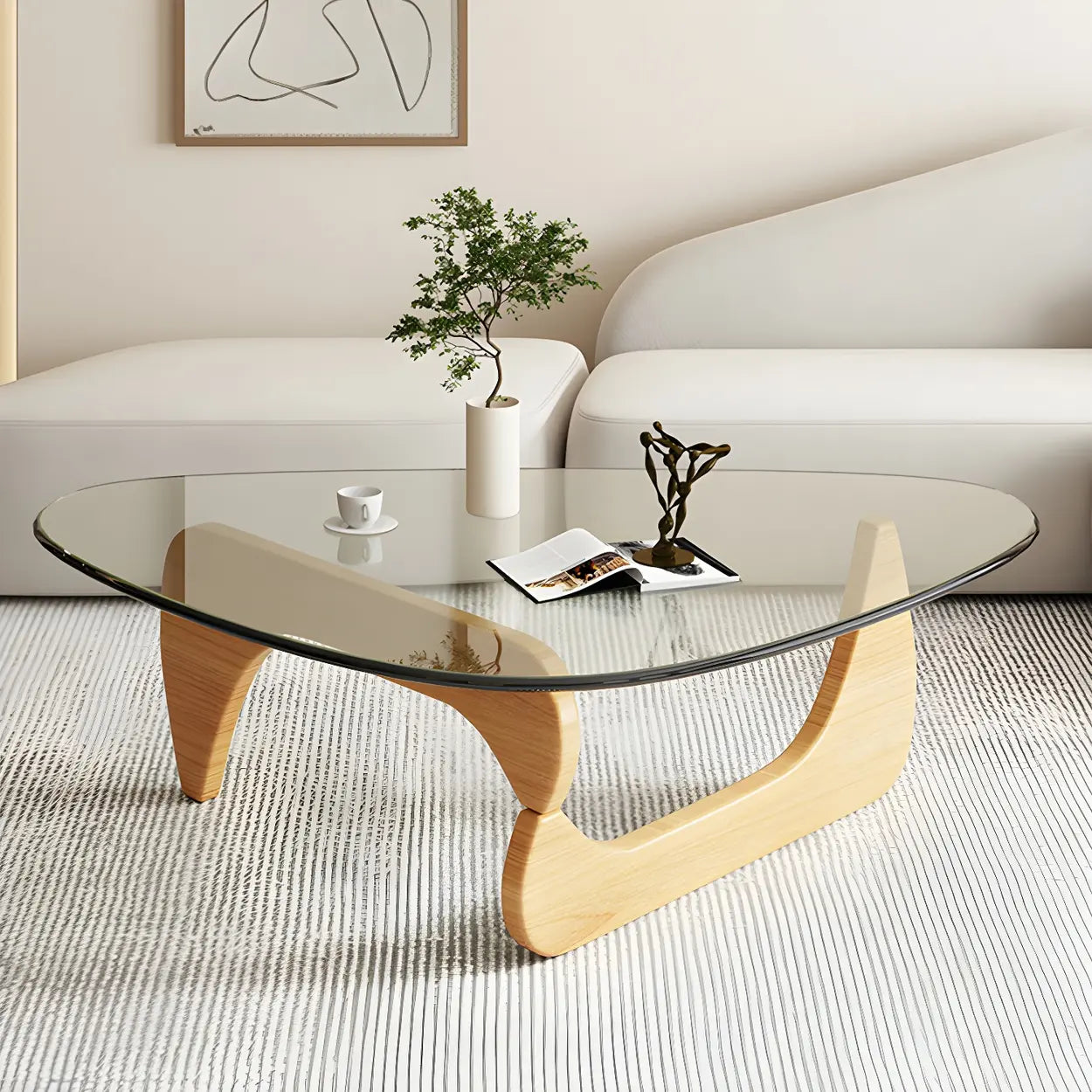
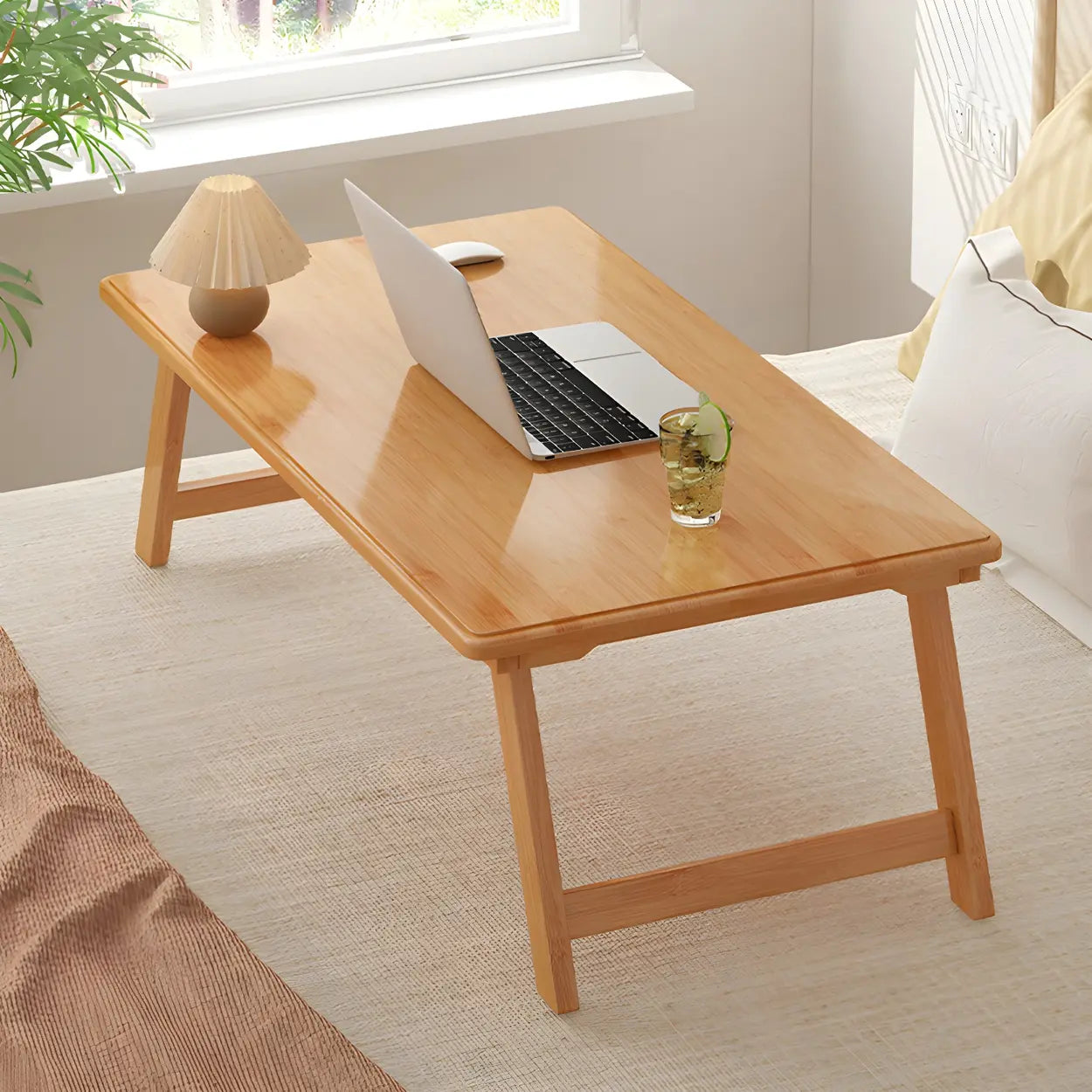
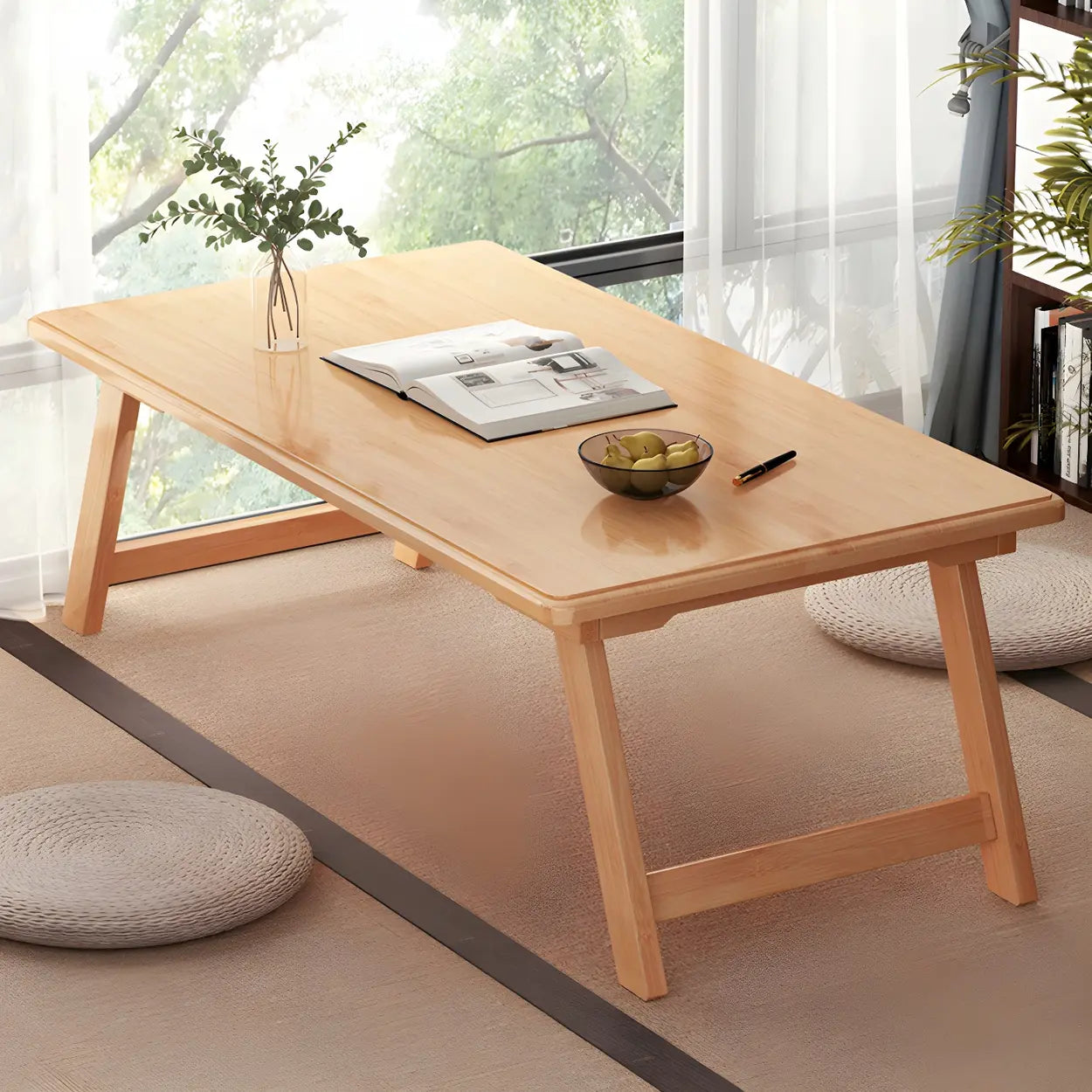

![How to Choose the Coffee Table Height? [2025 Newest Guide]](http://www.homebaa.com/cdn/shop/articles/coffee-table-height.webp?v=1749523259)








